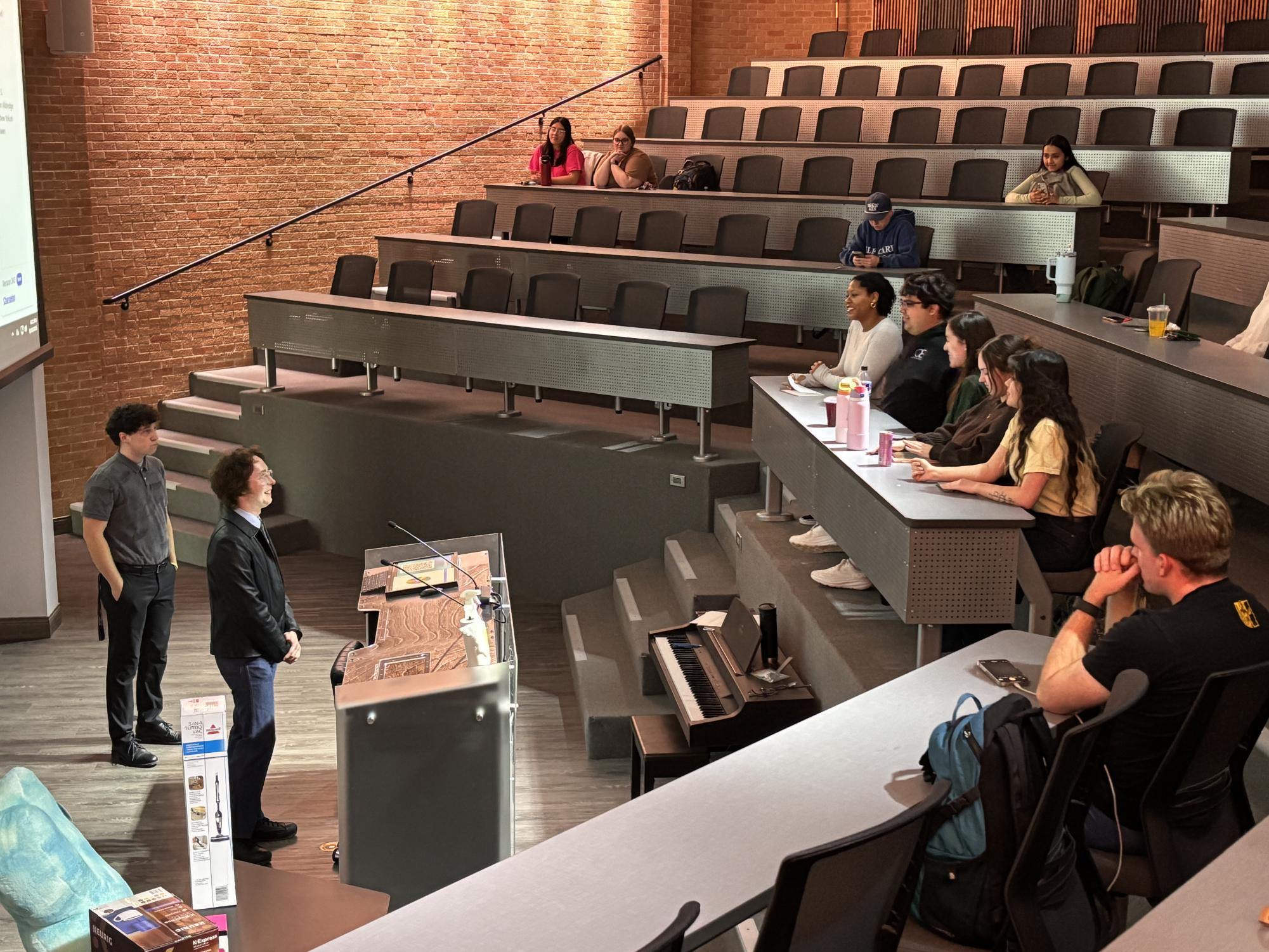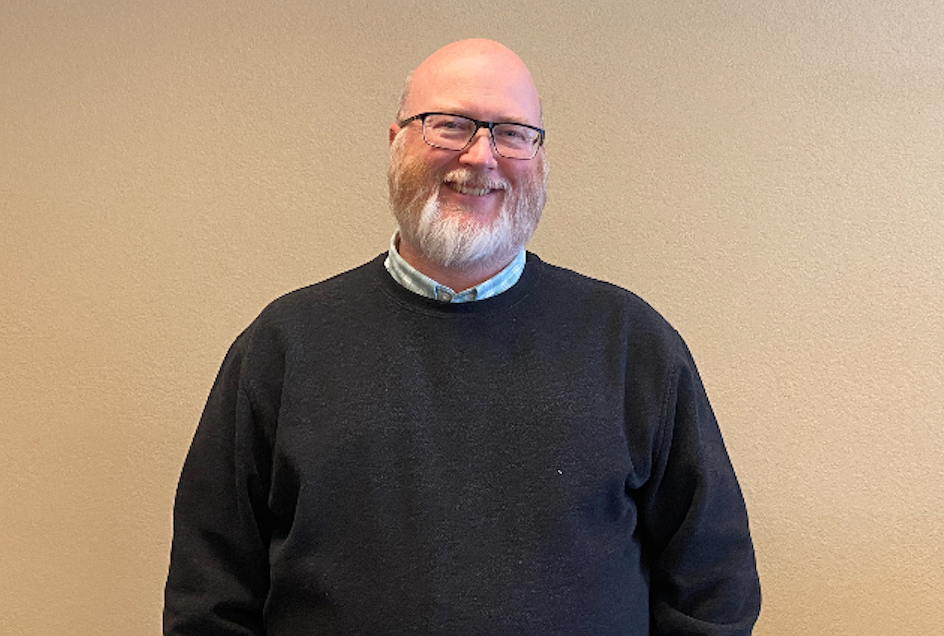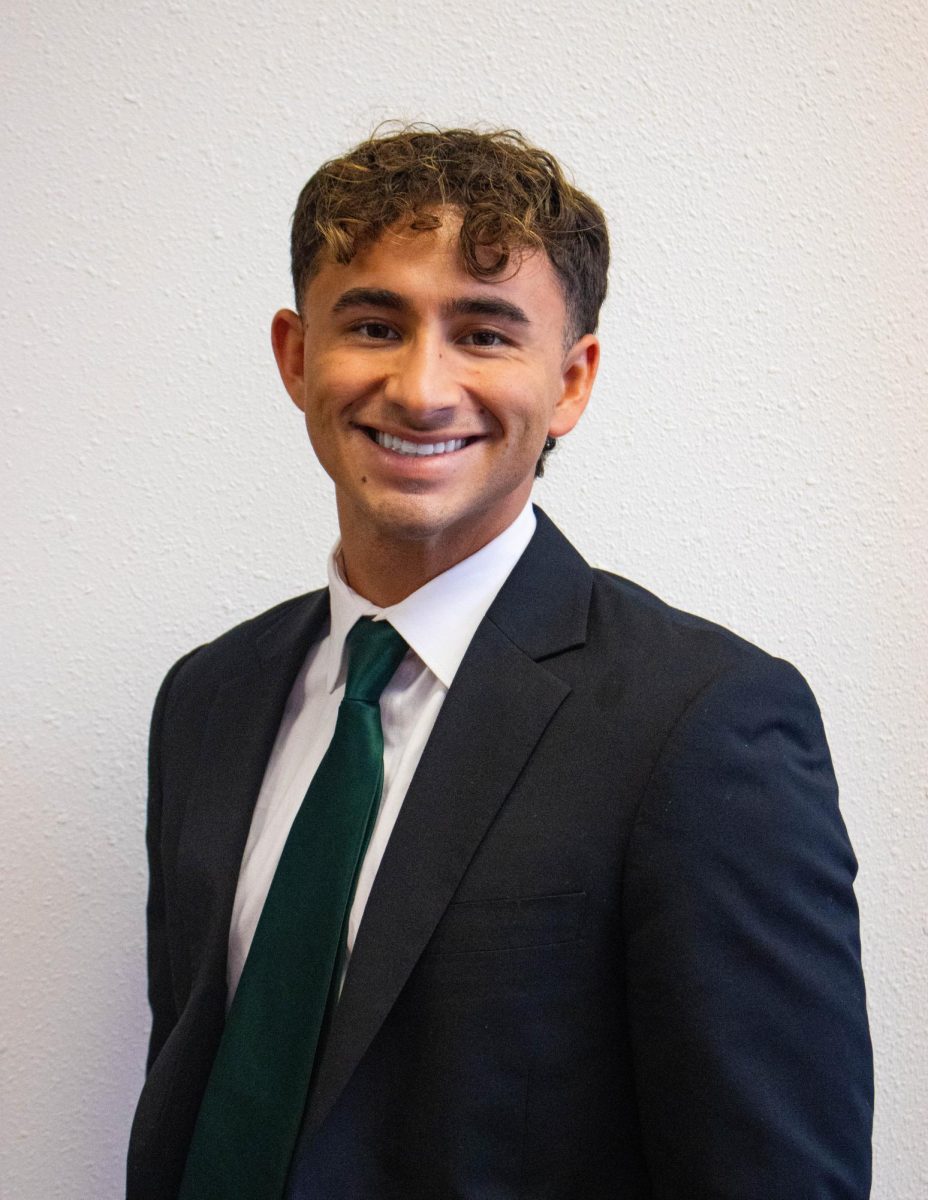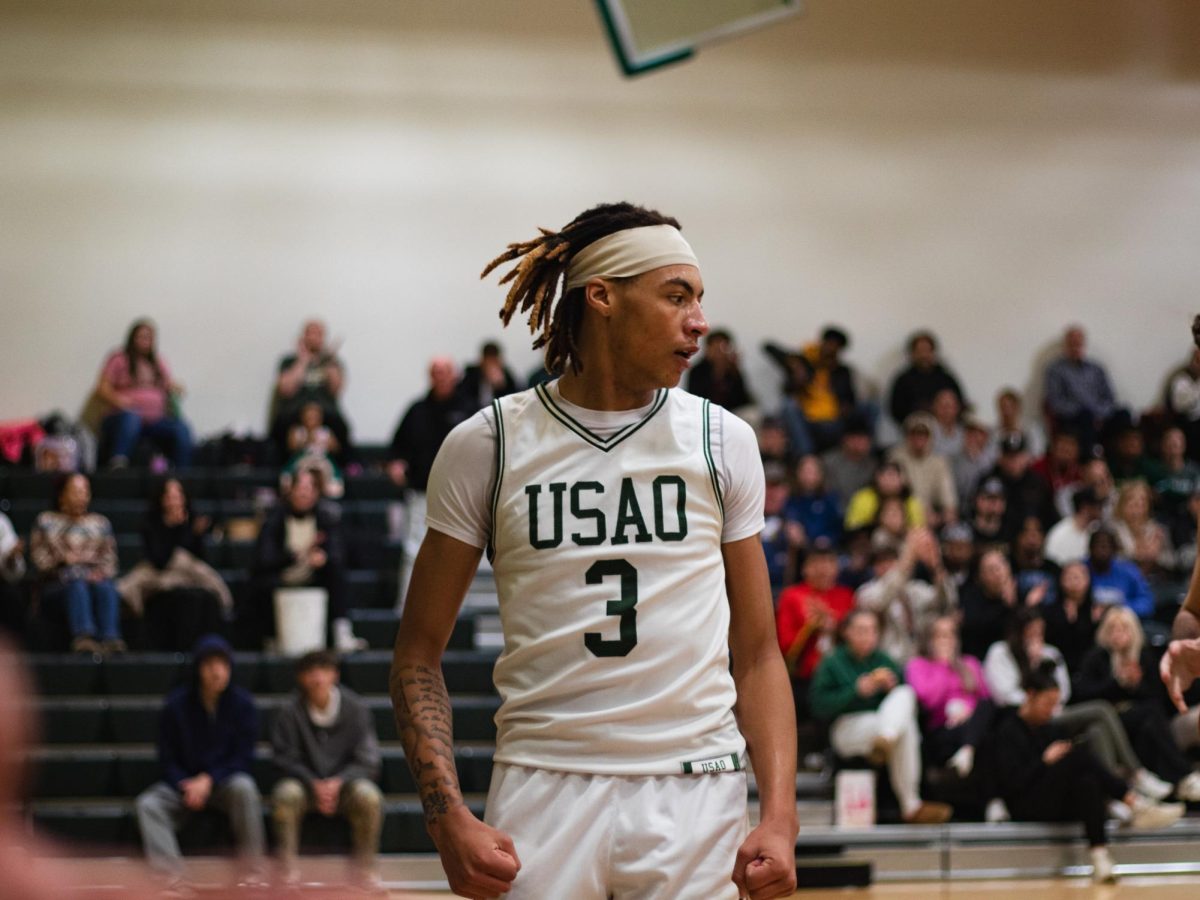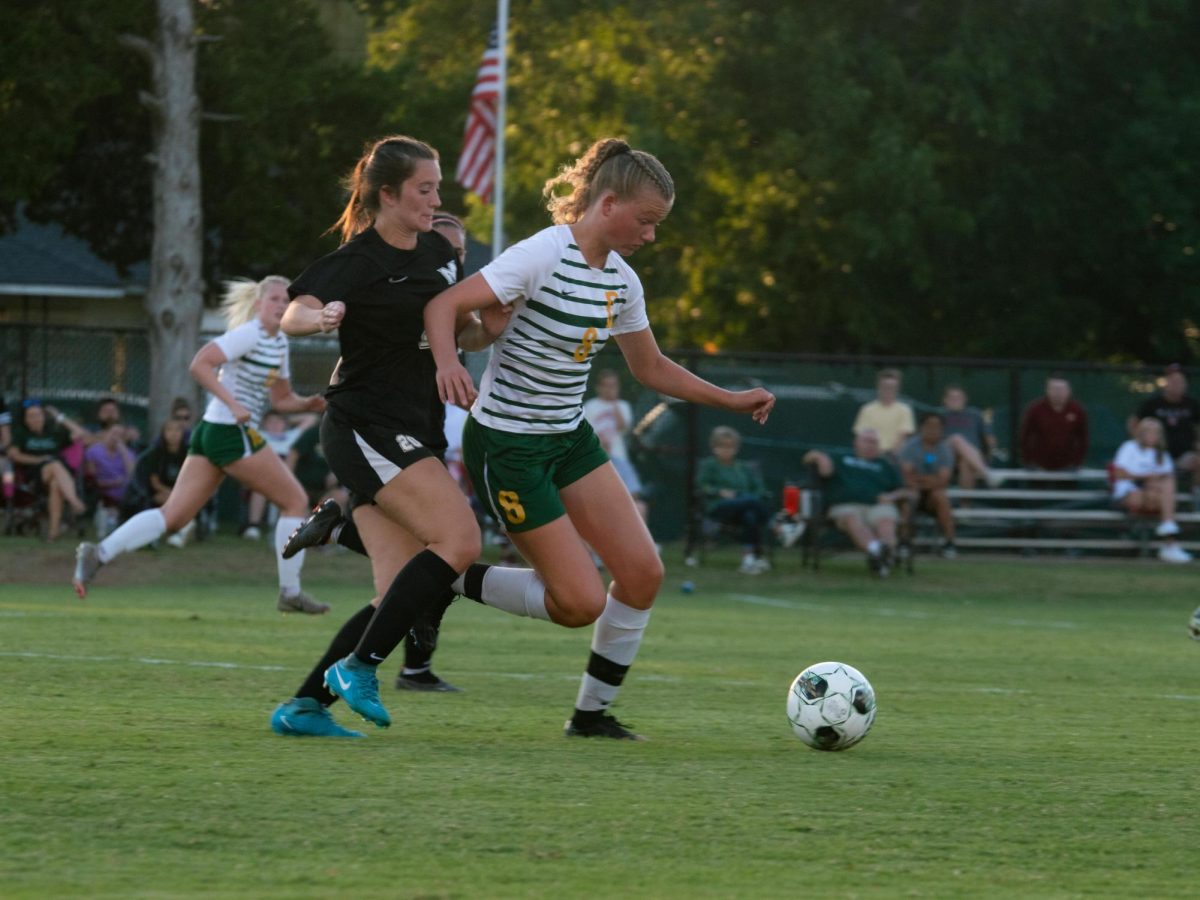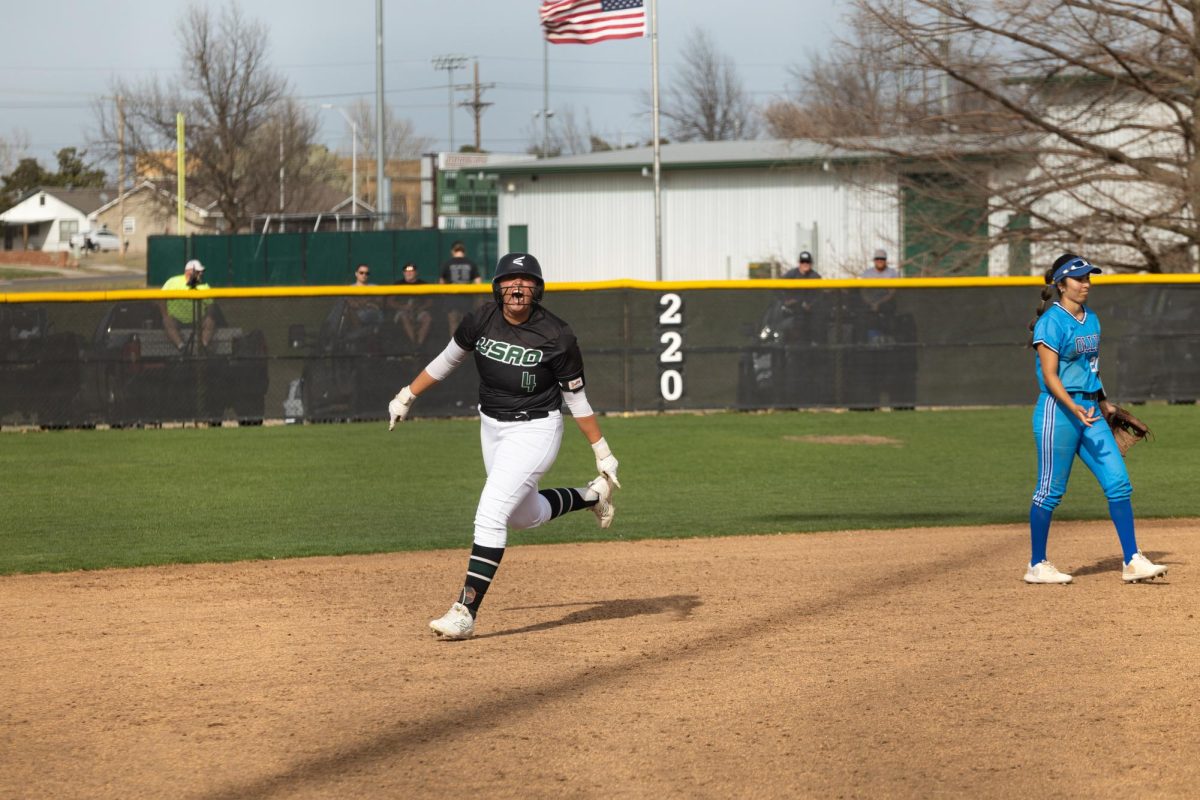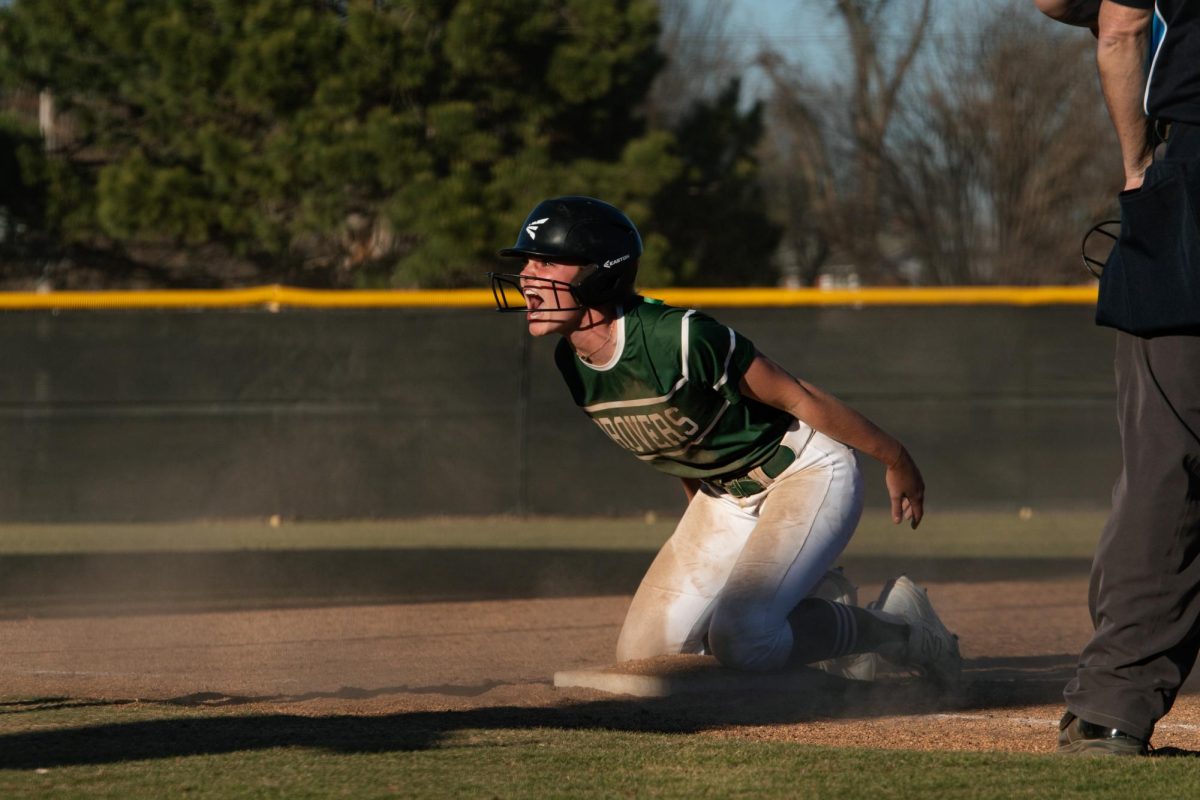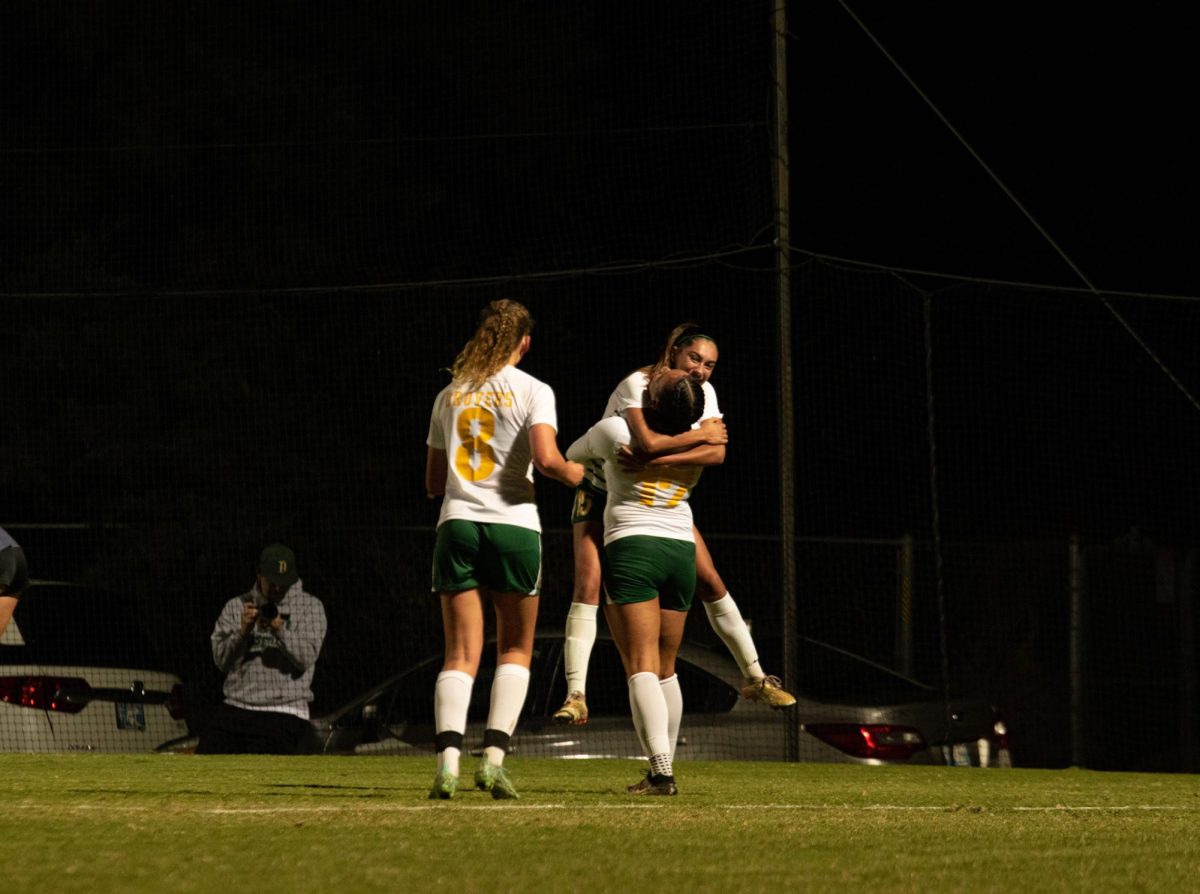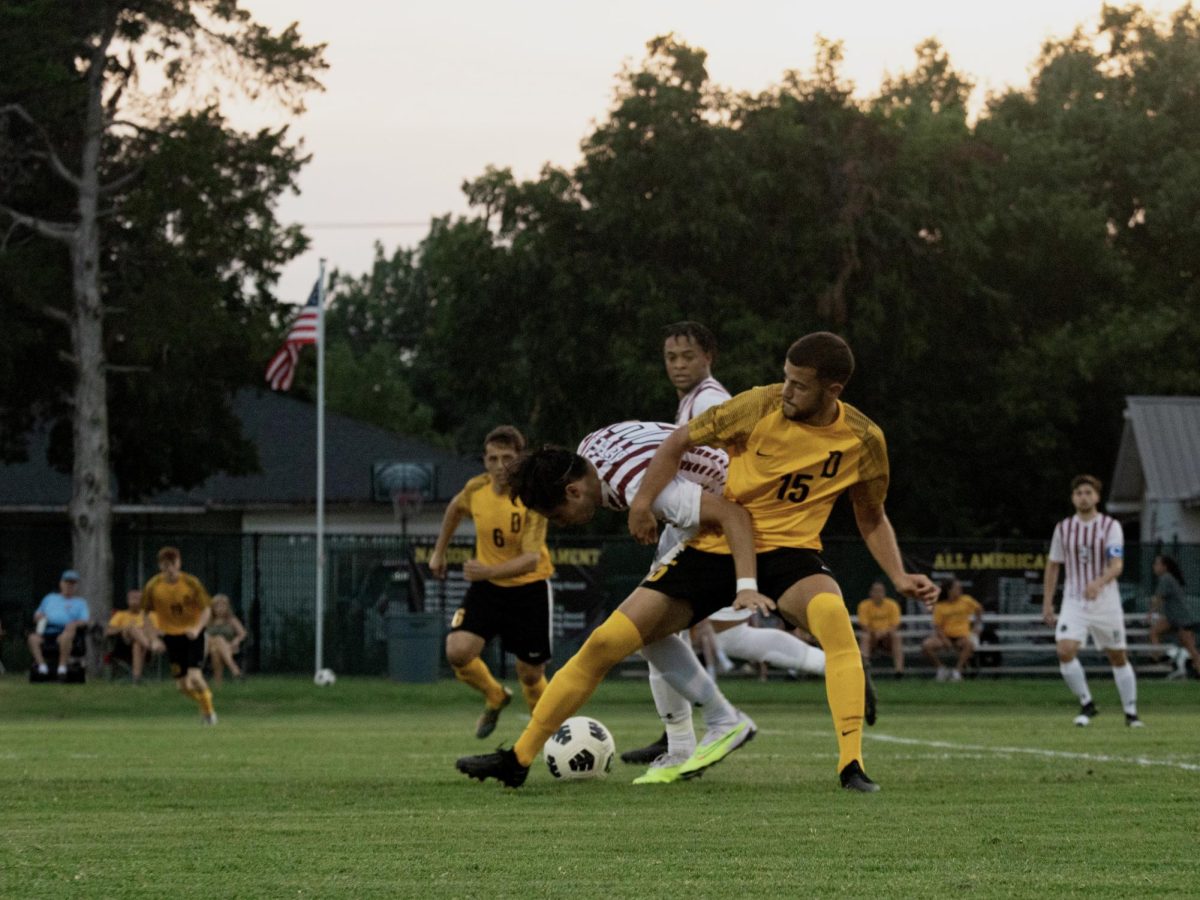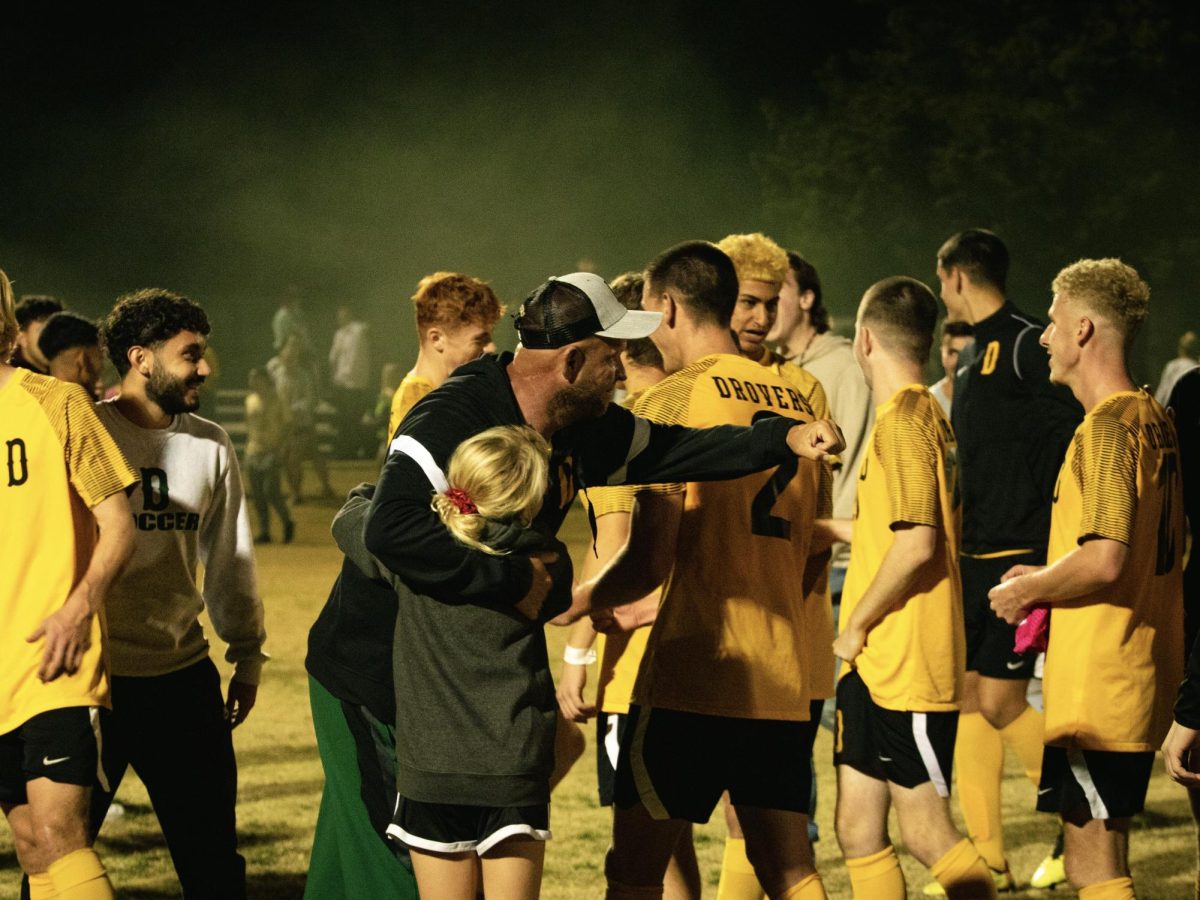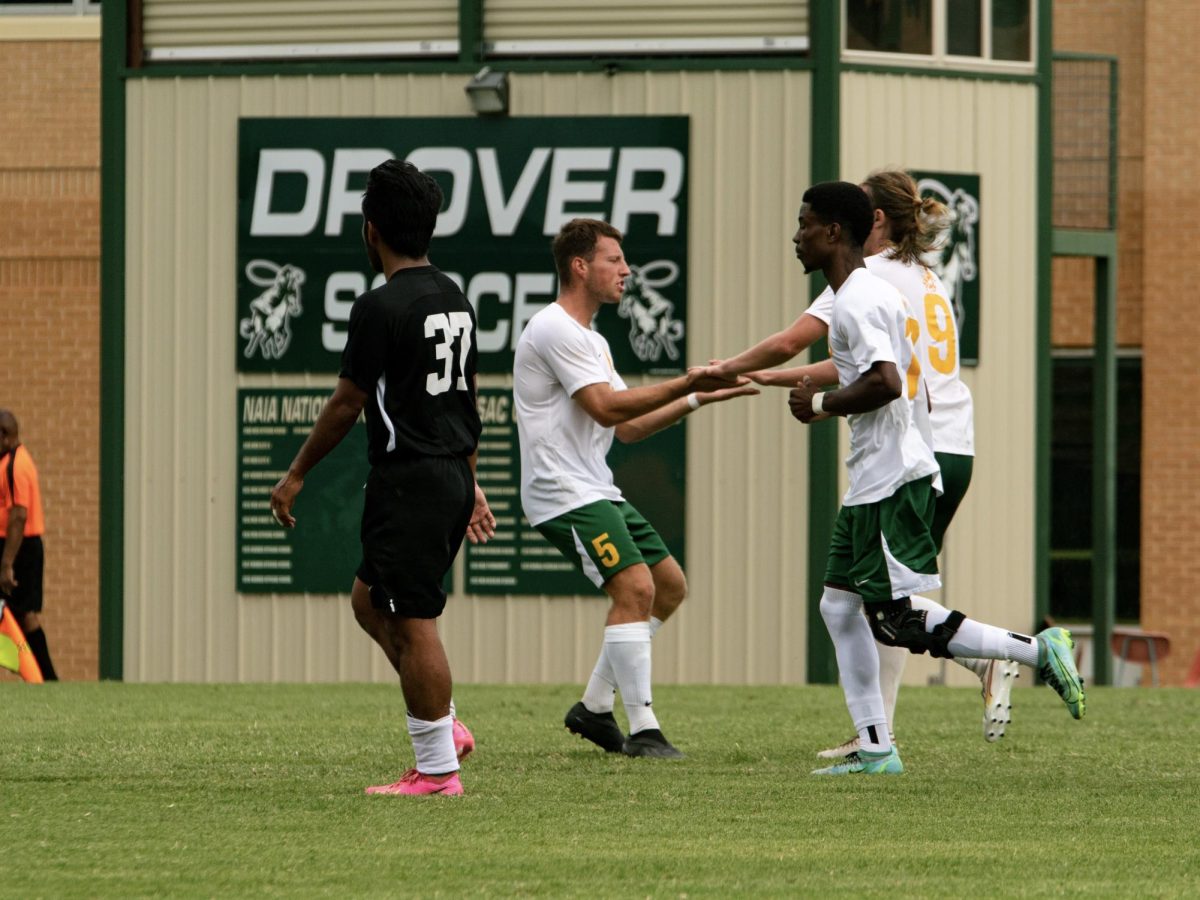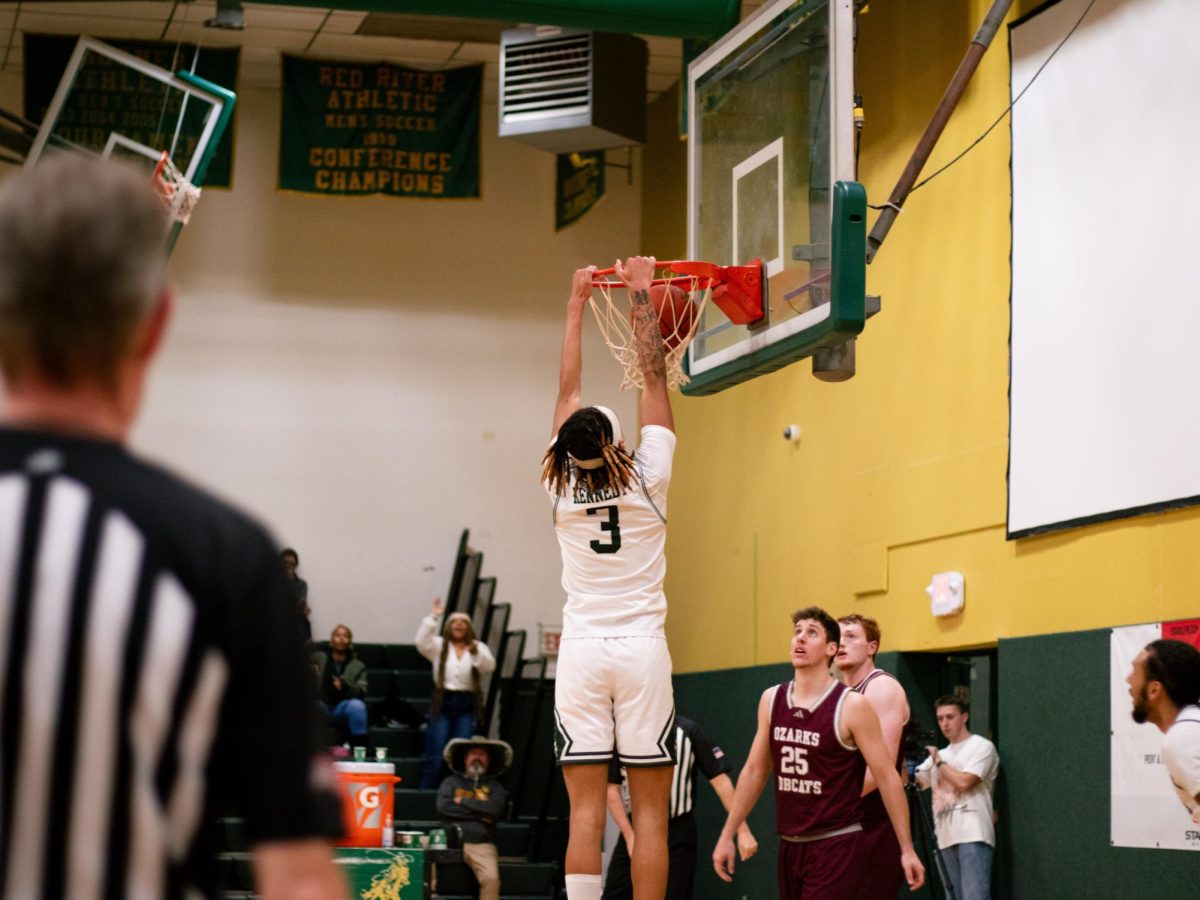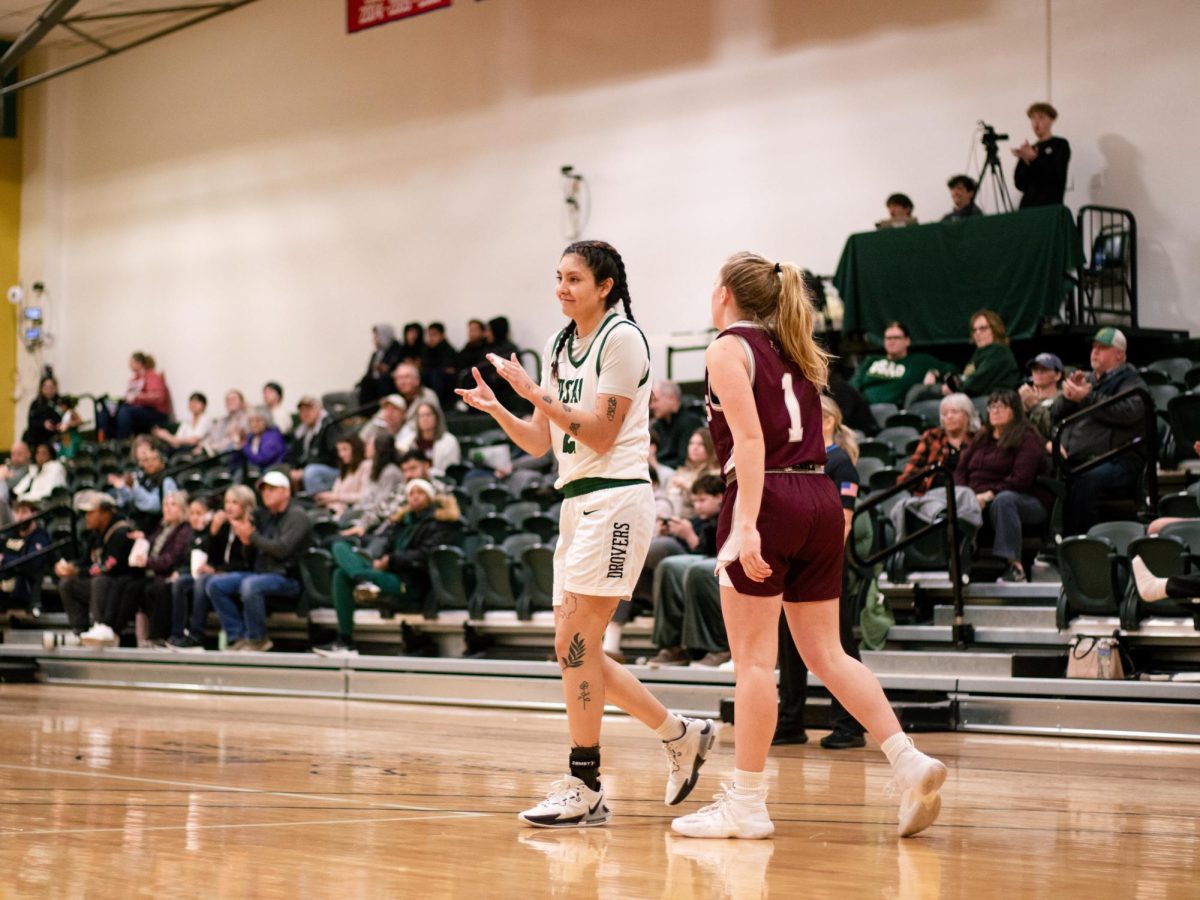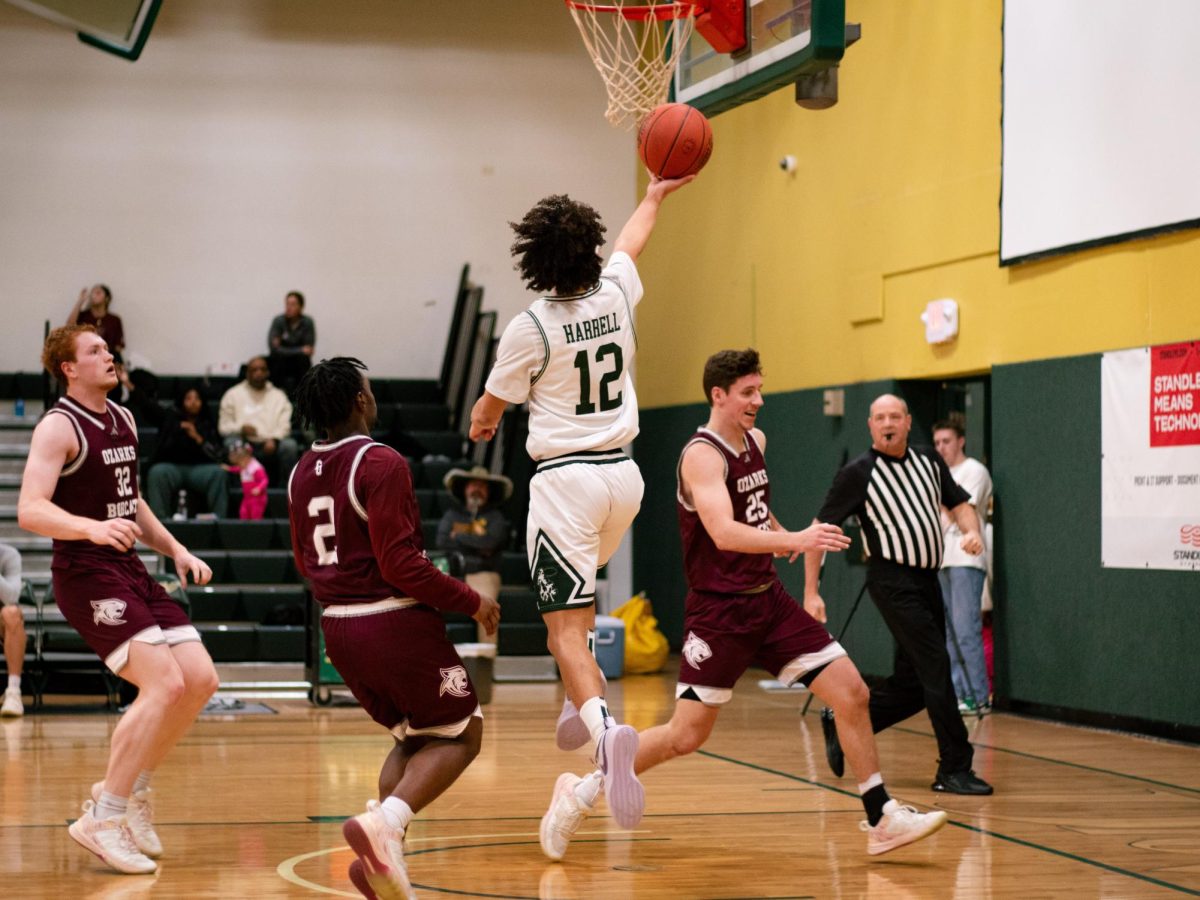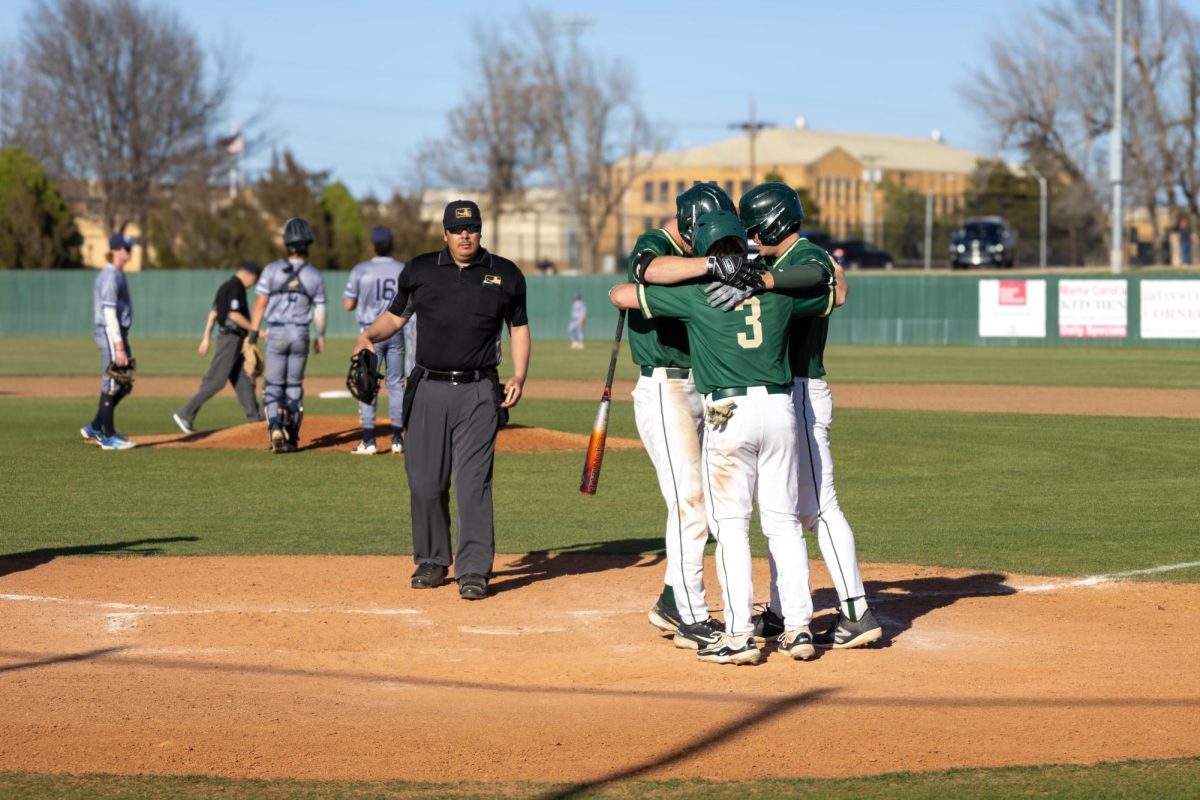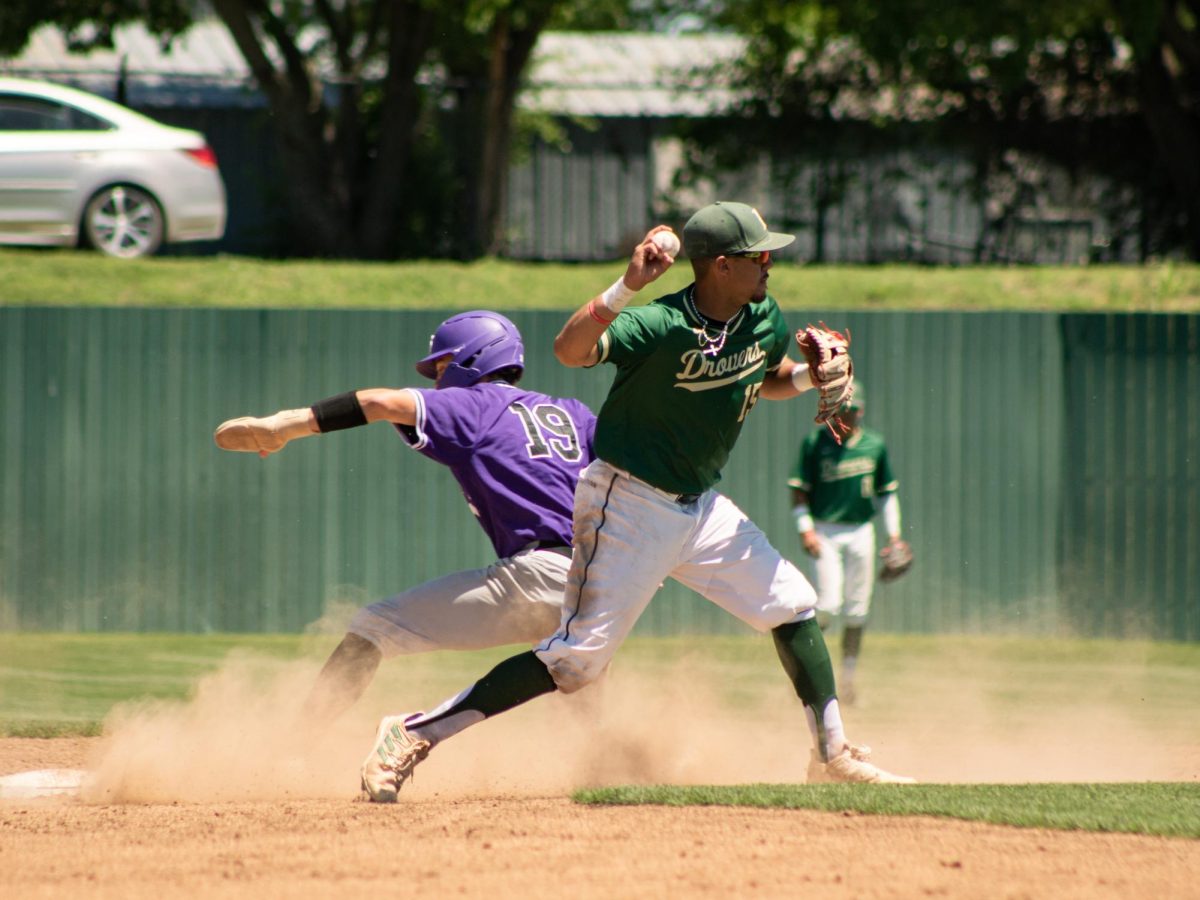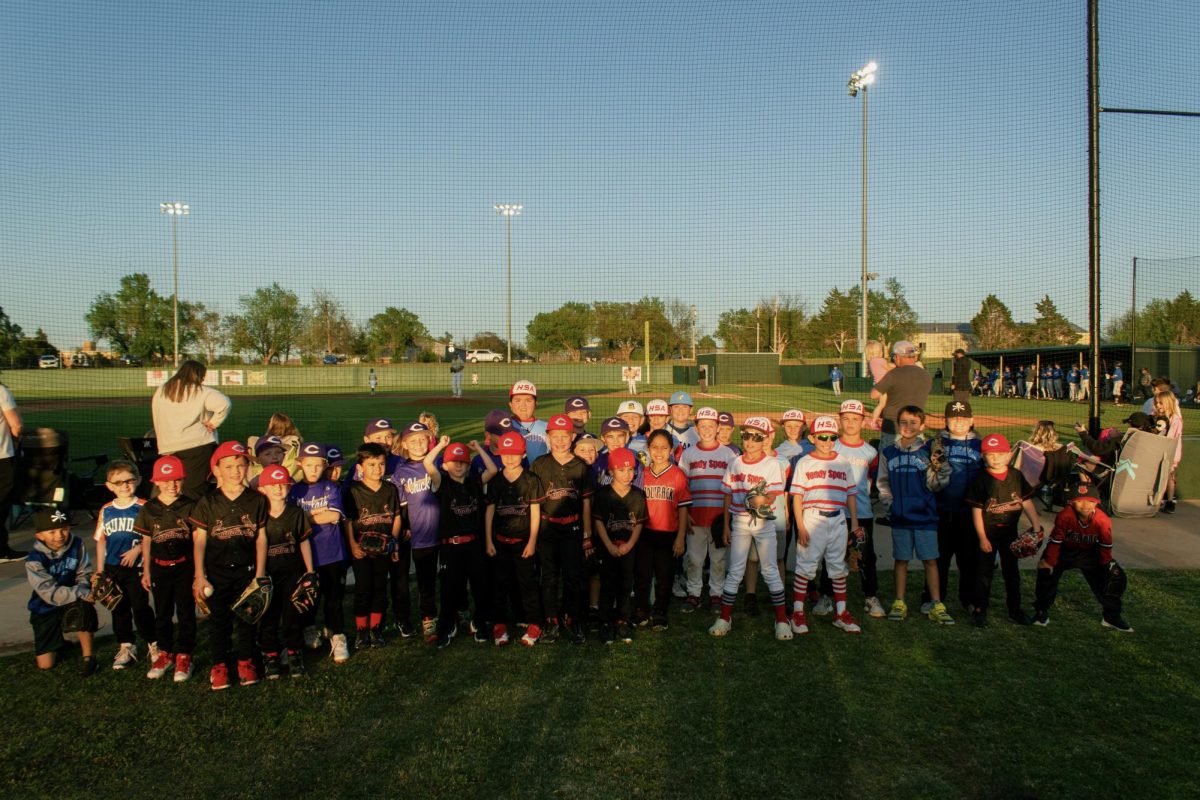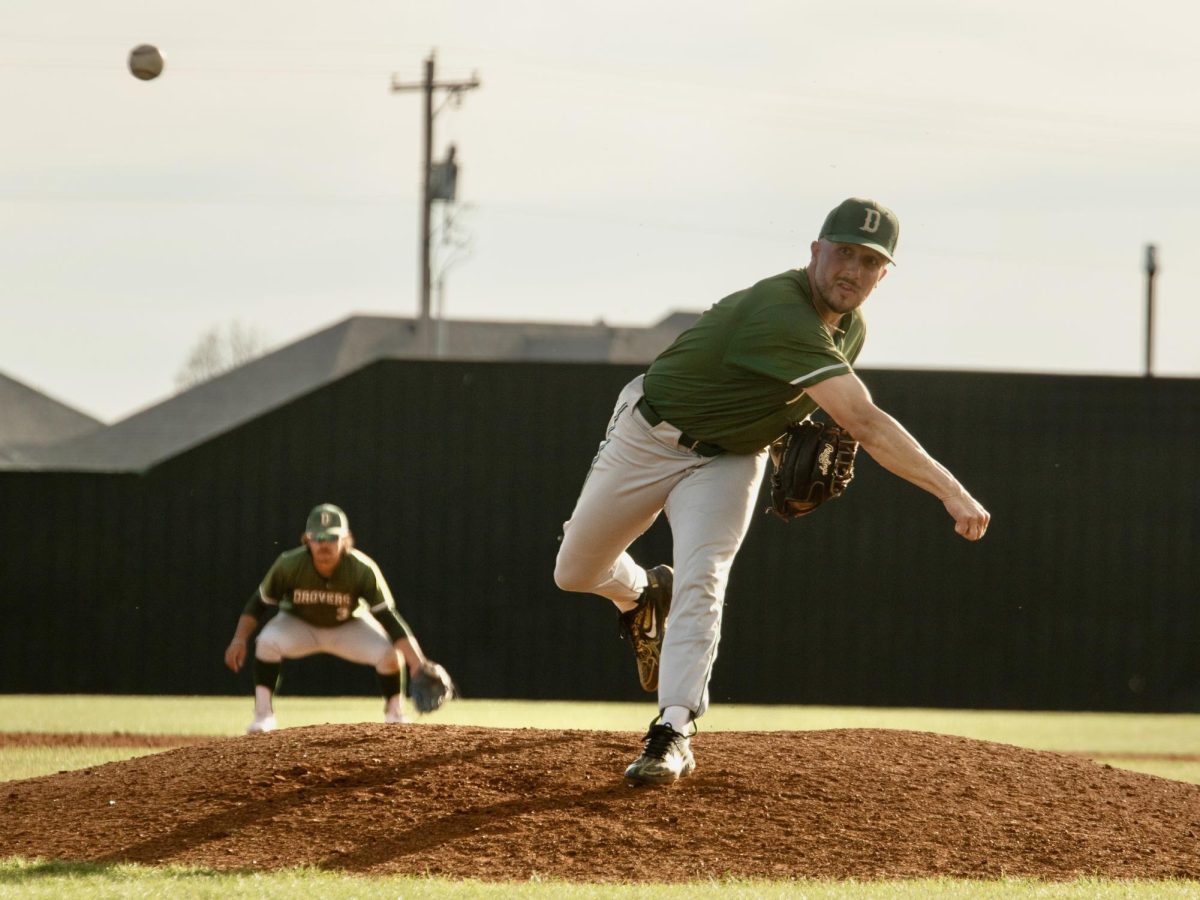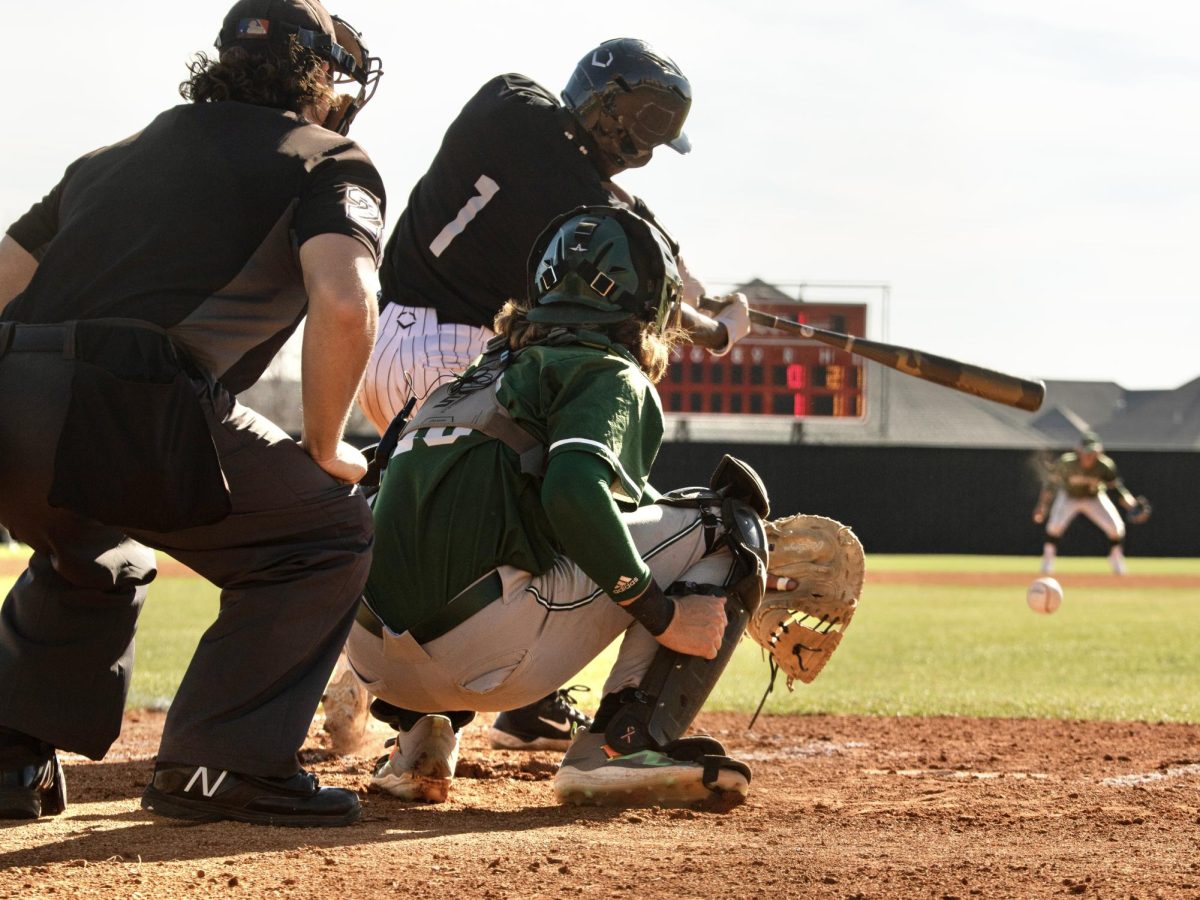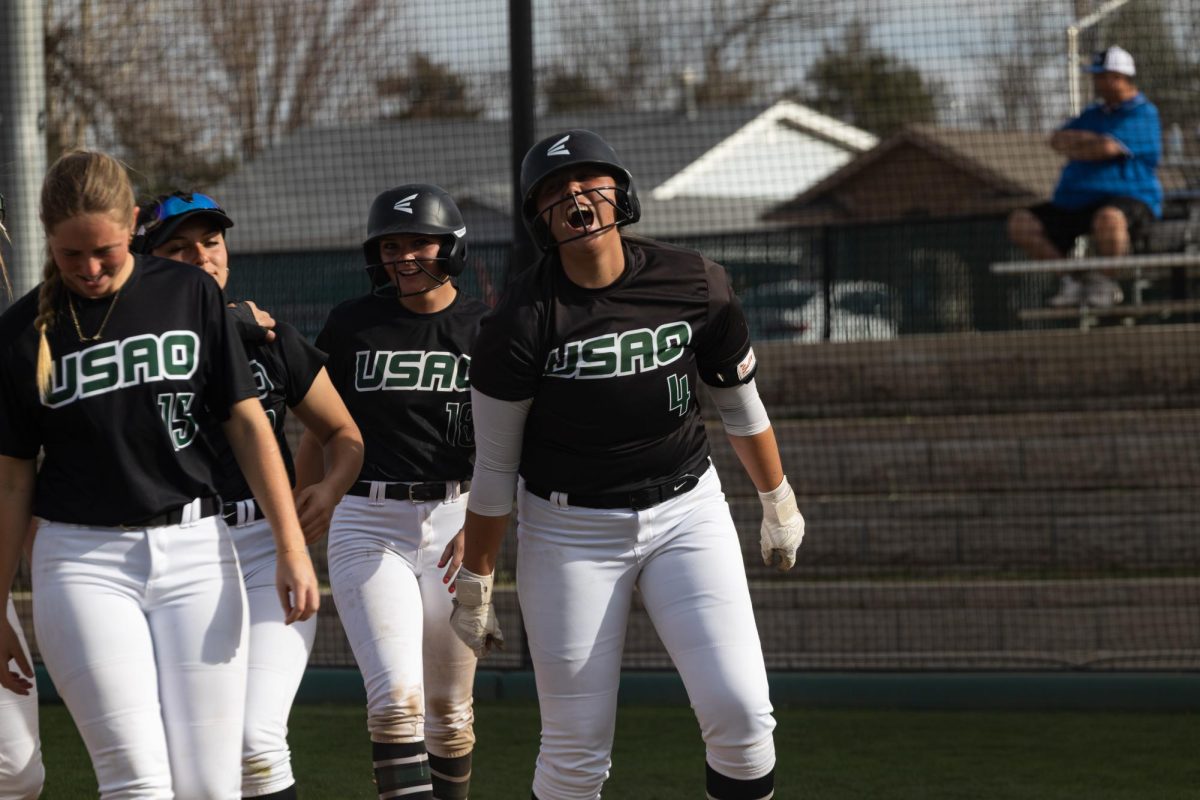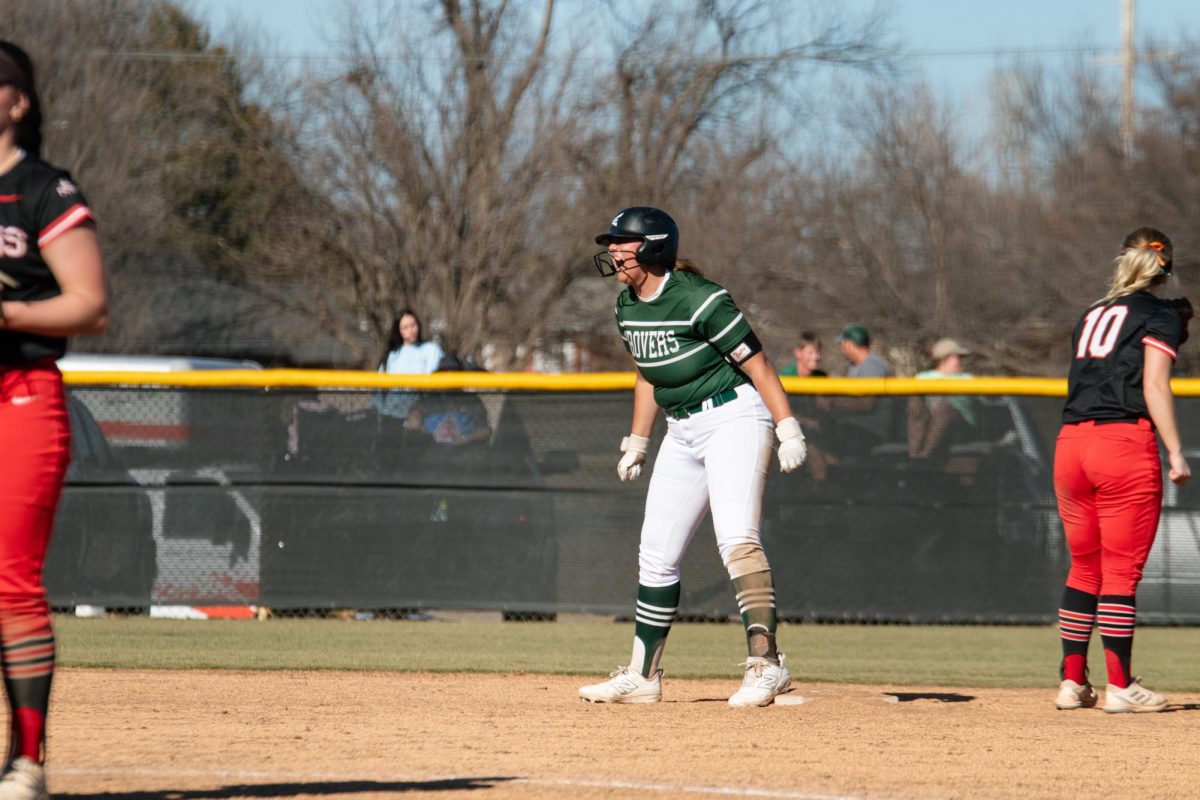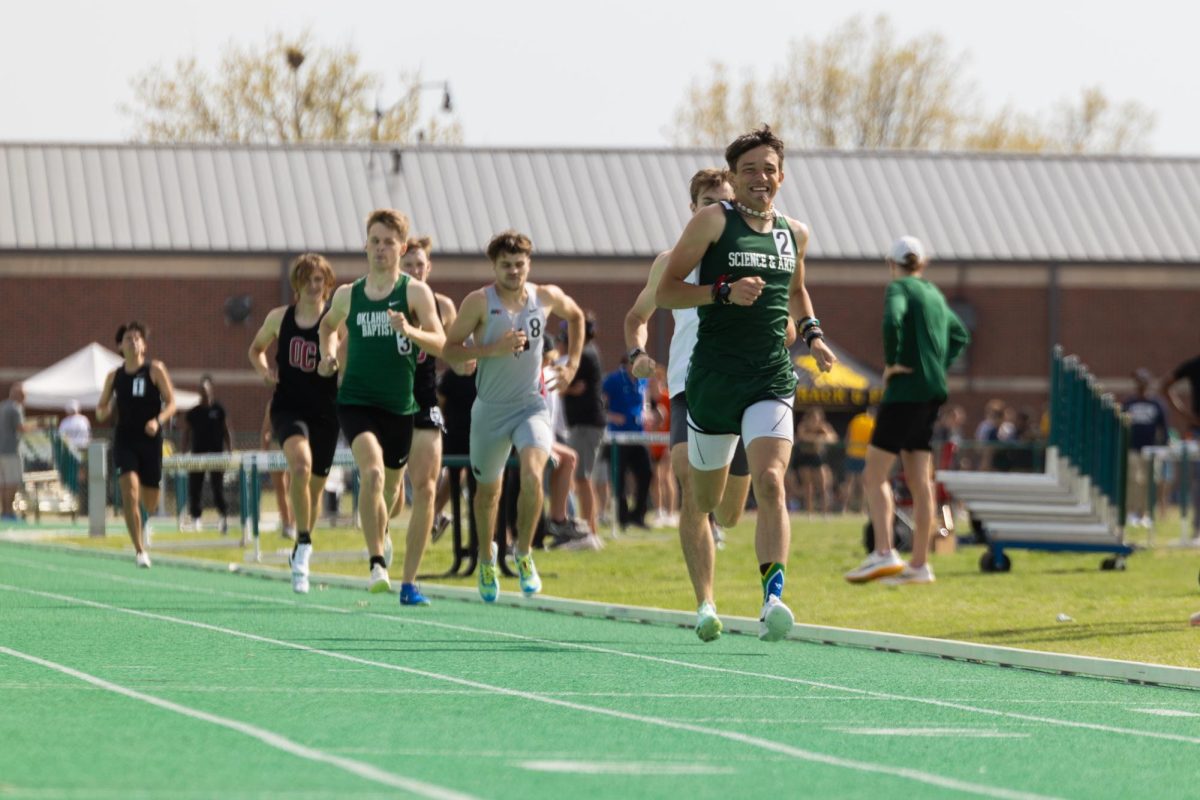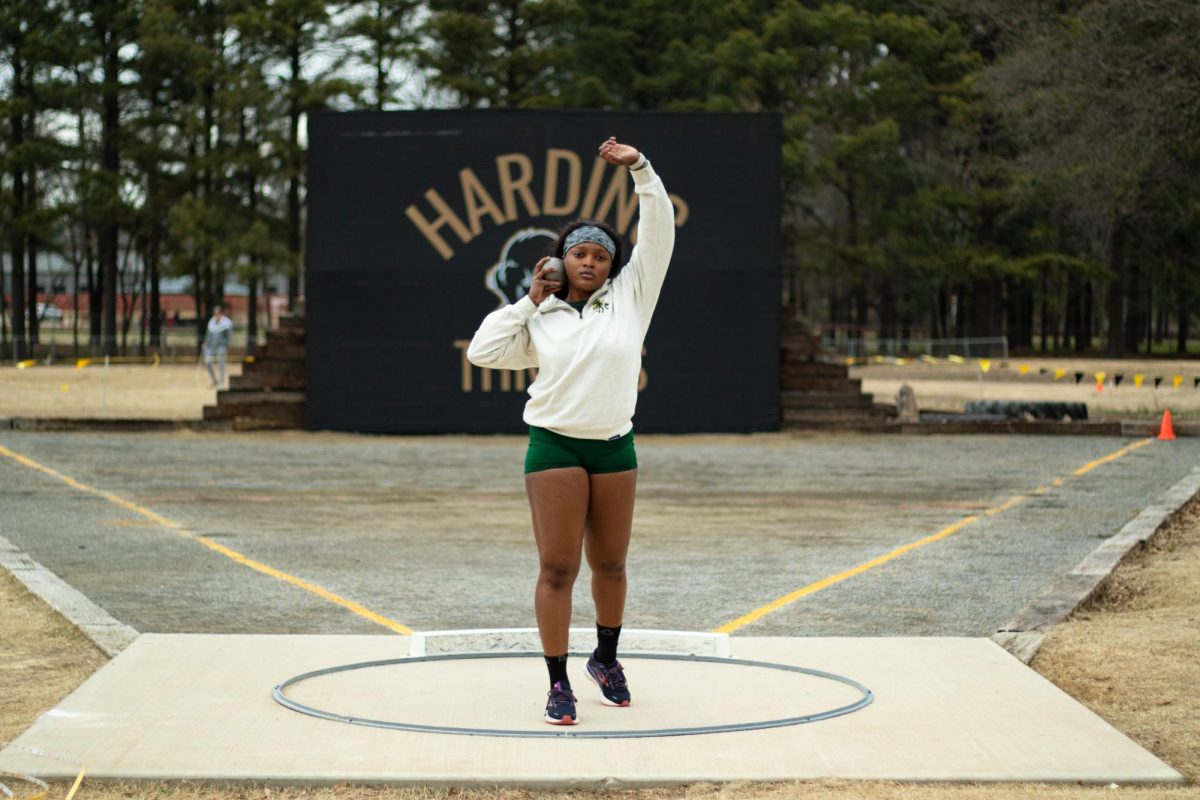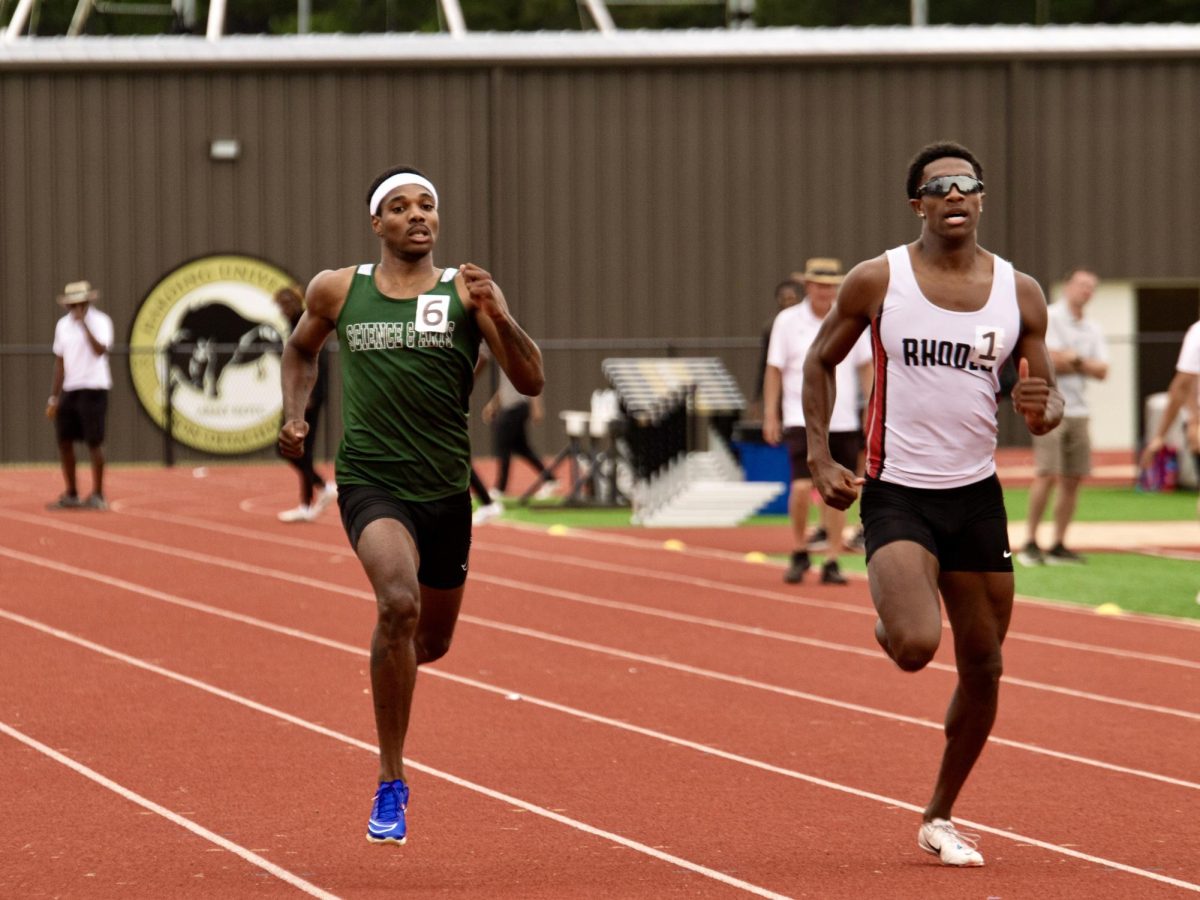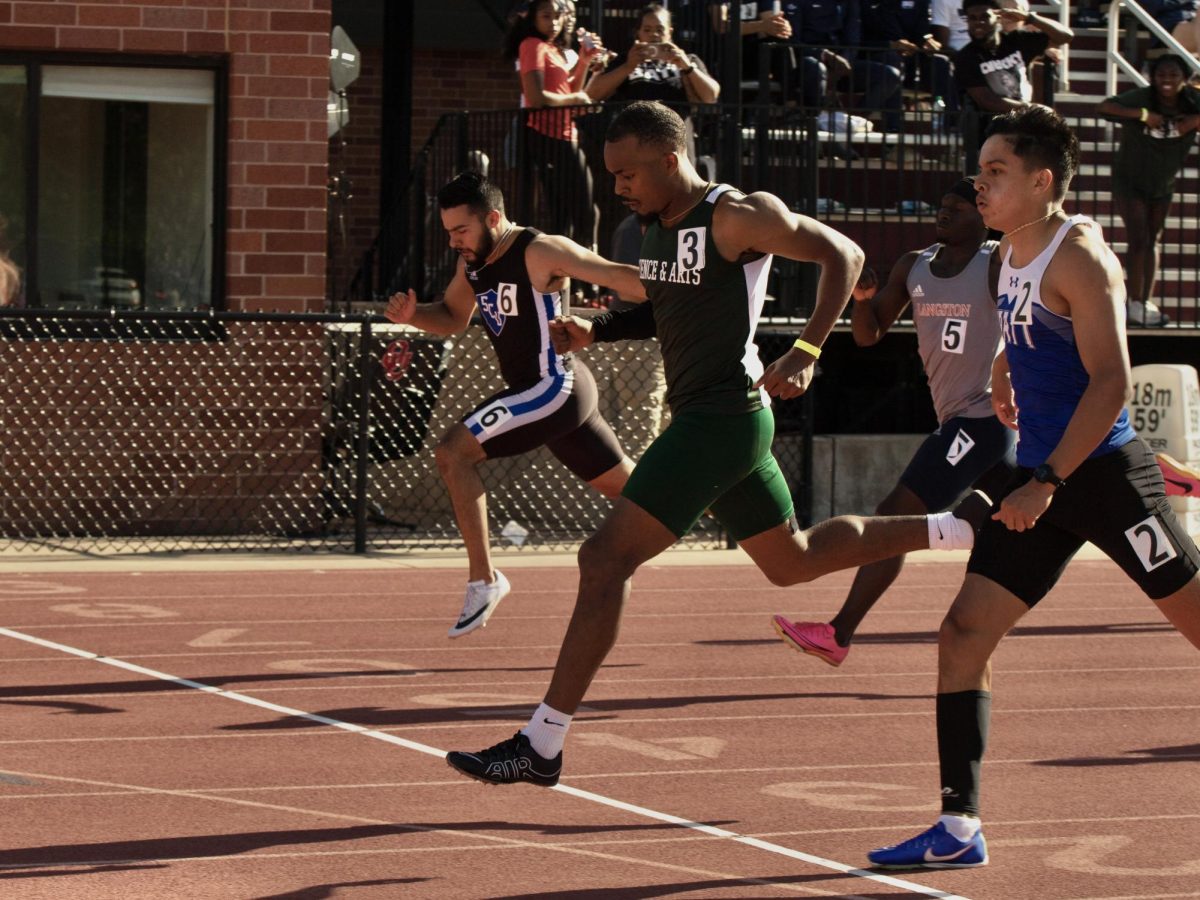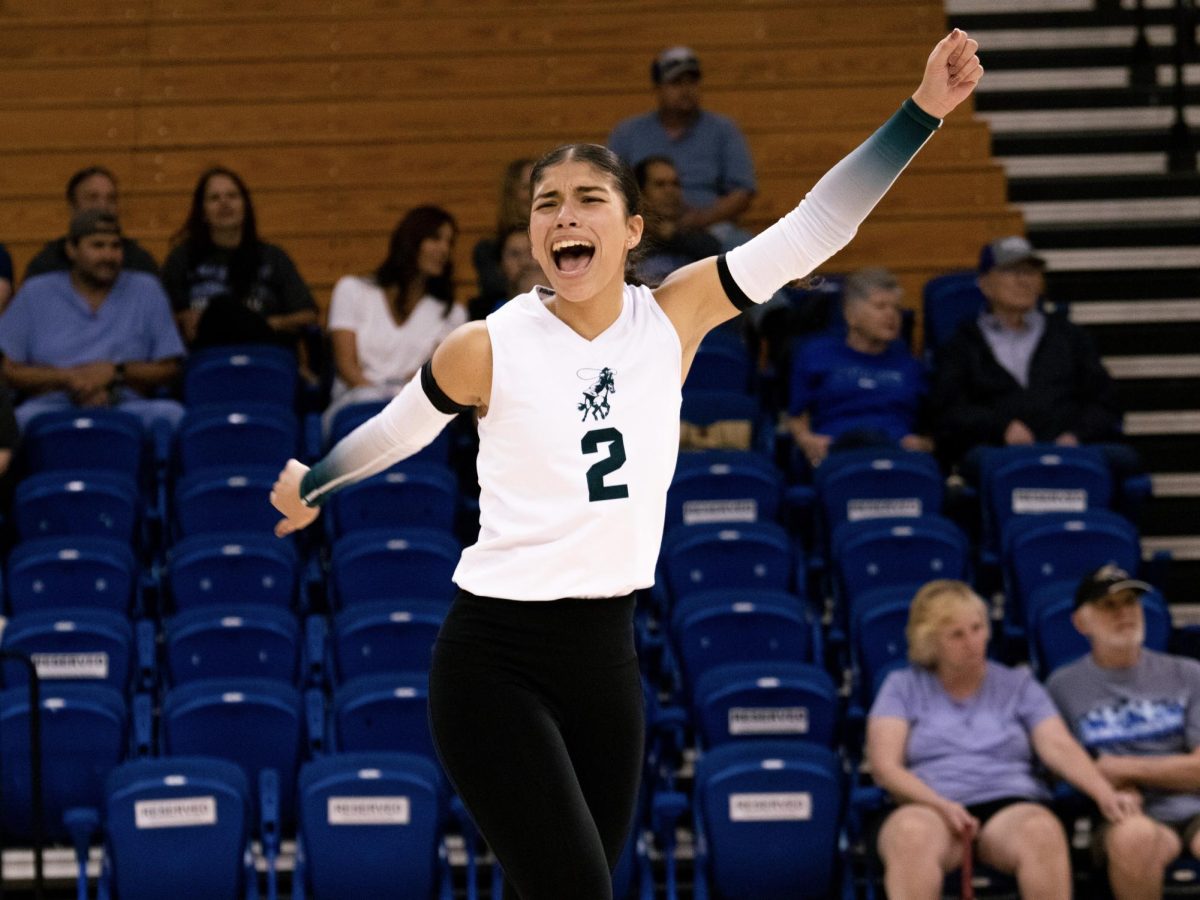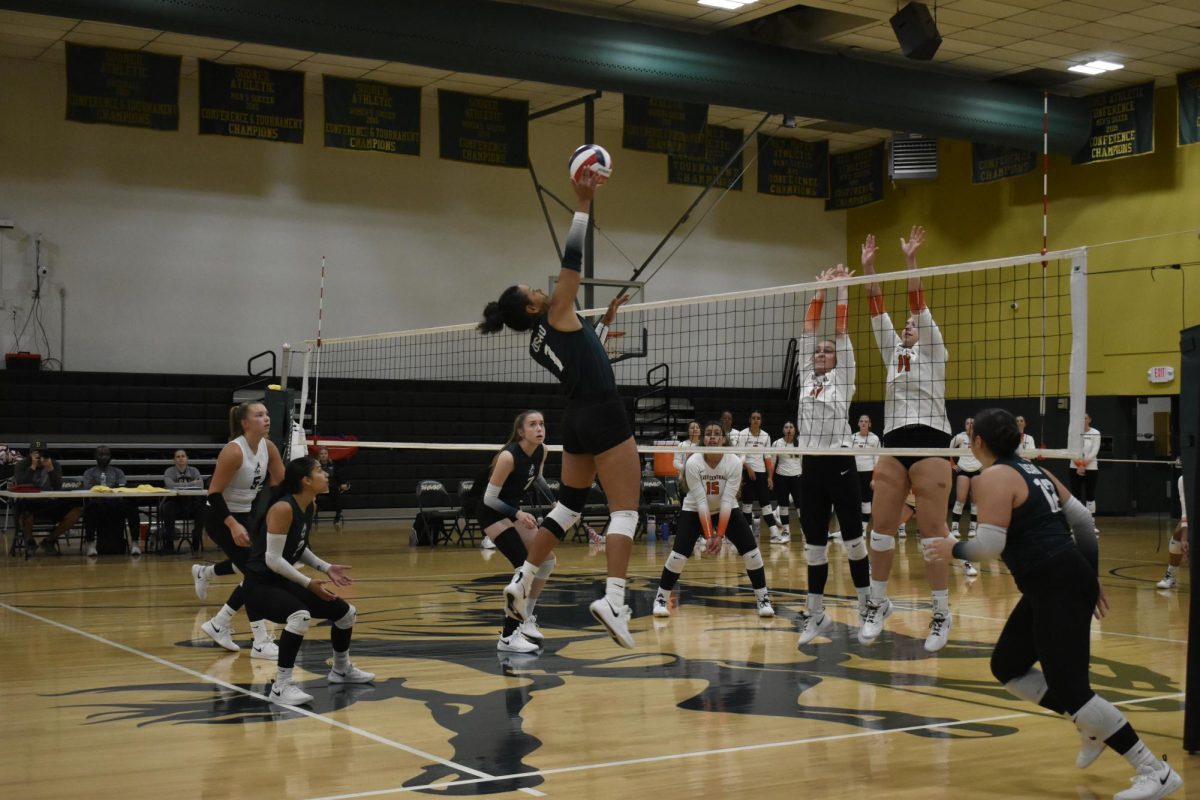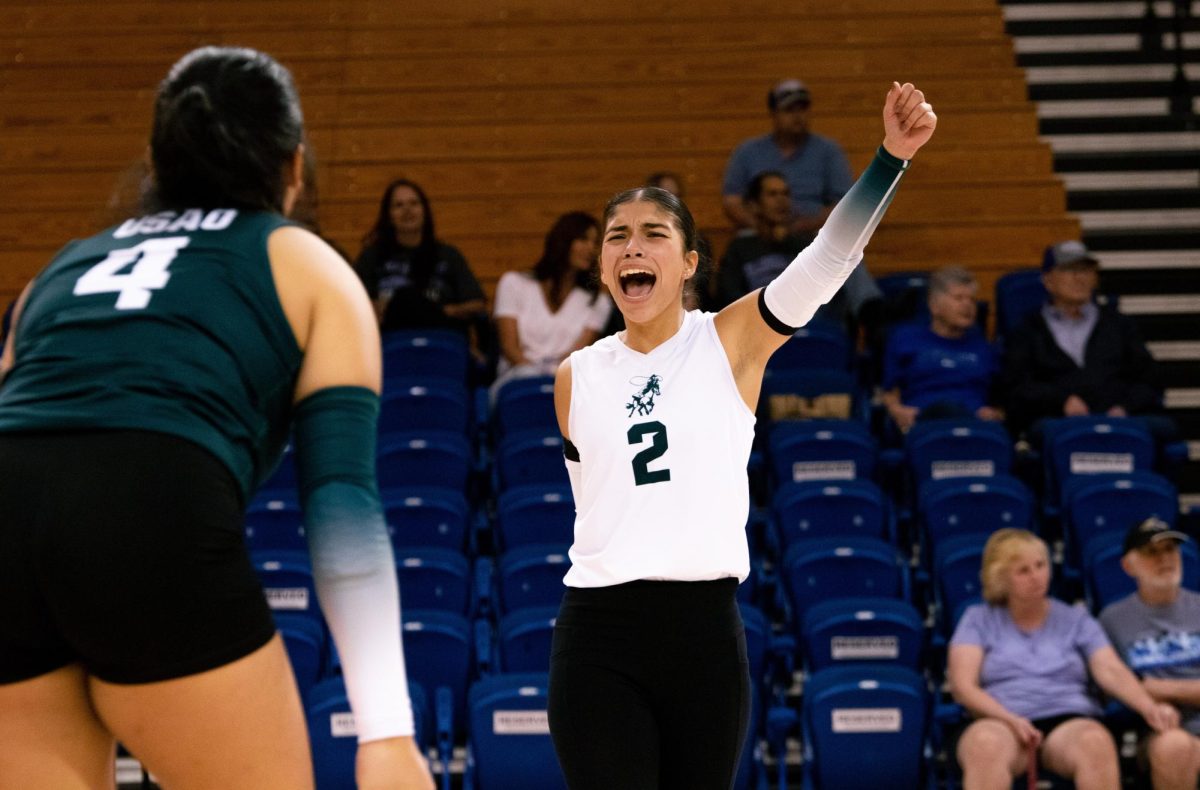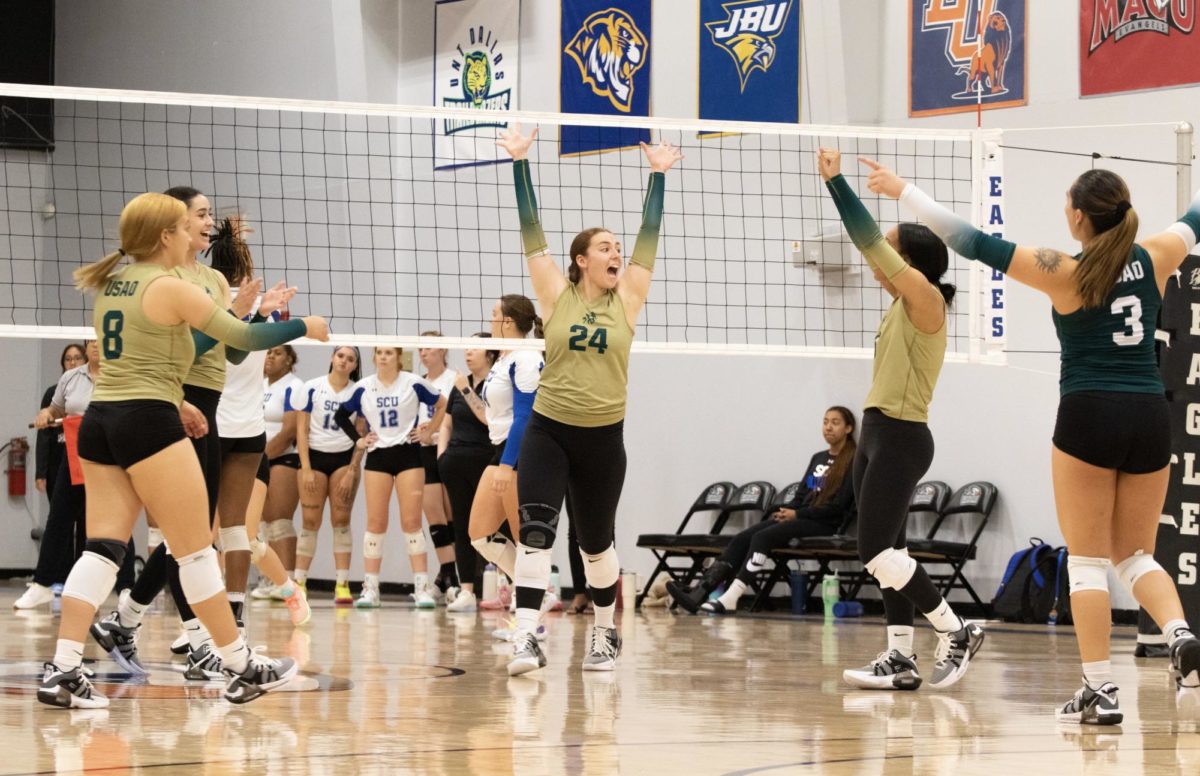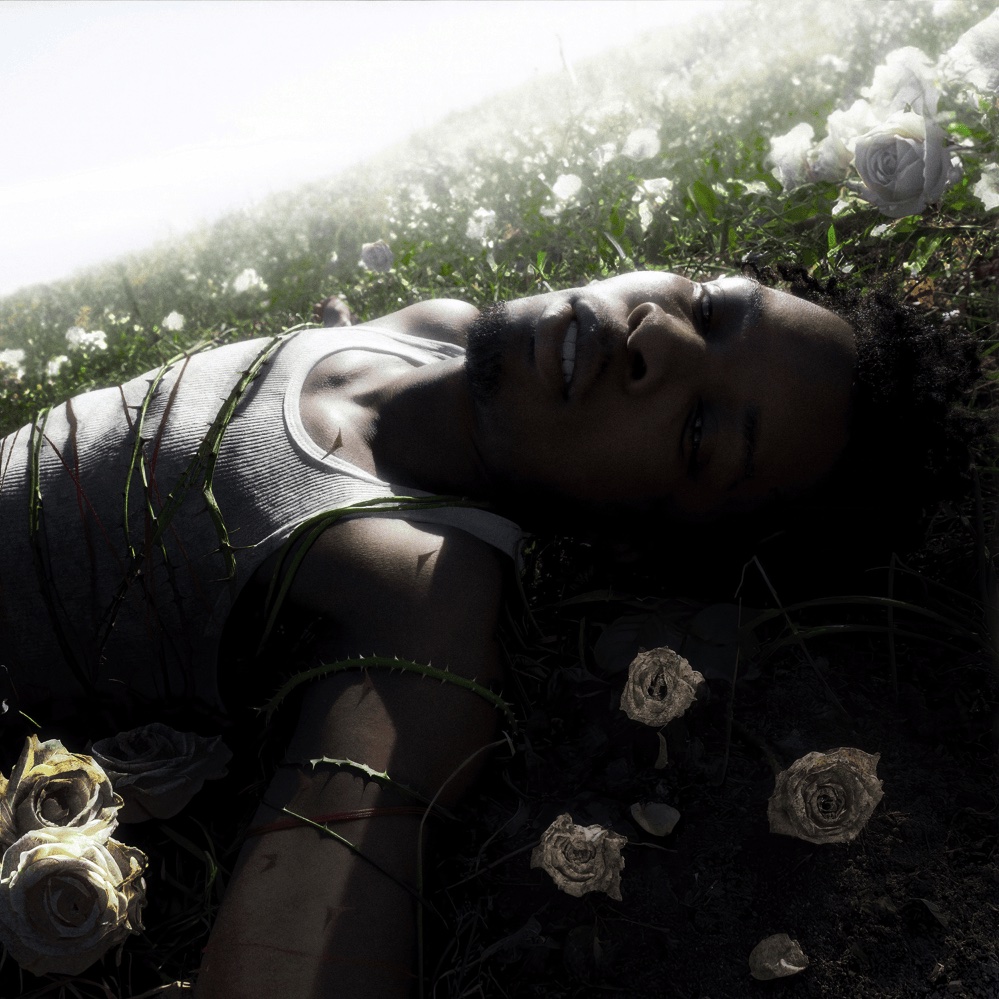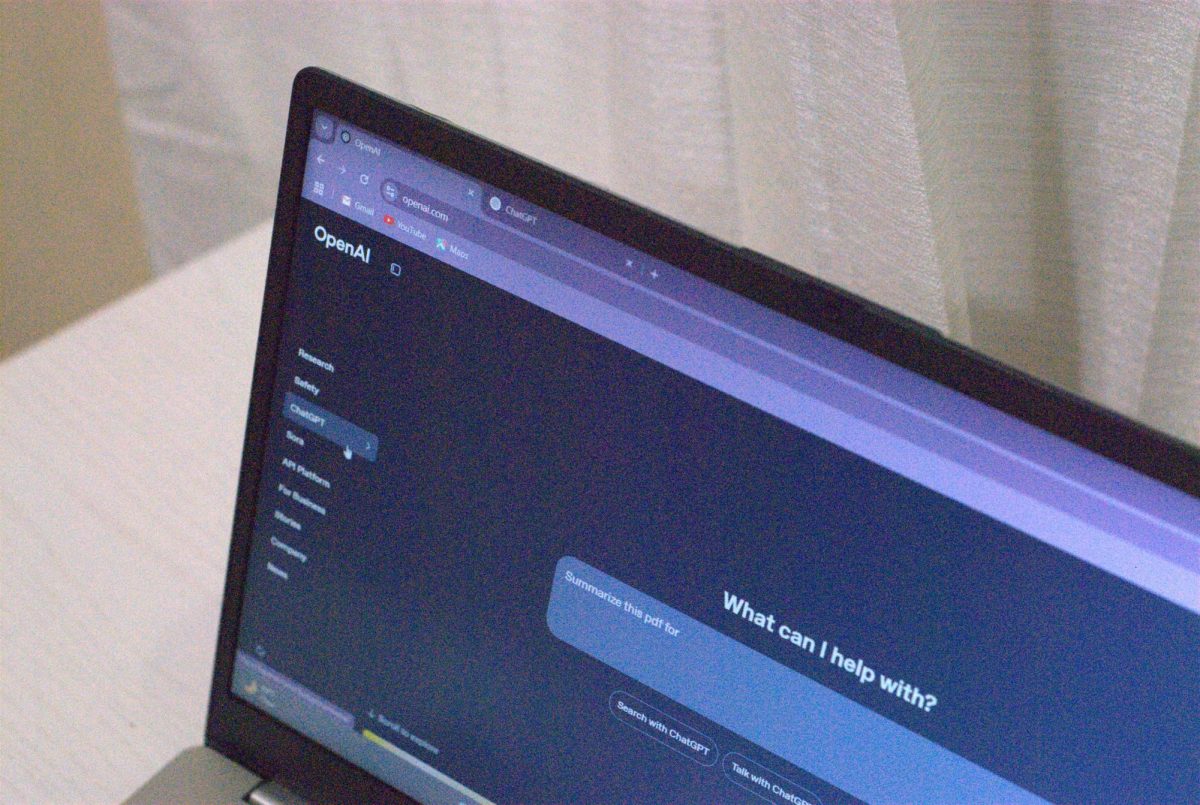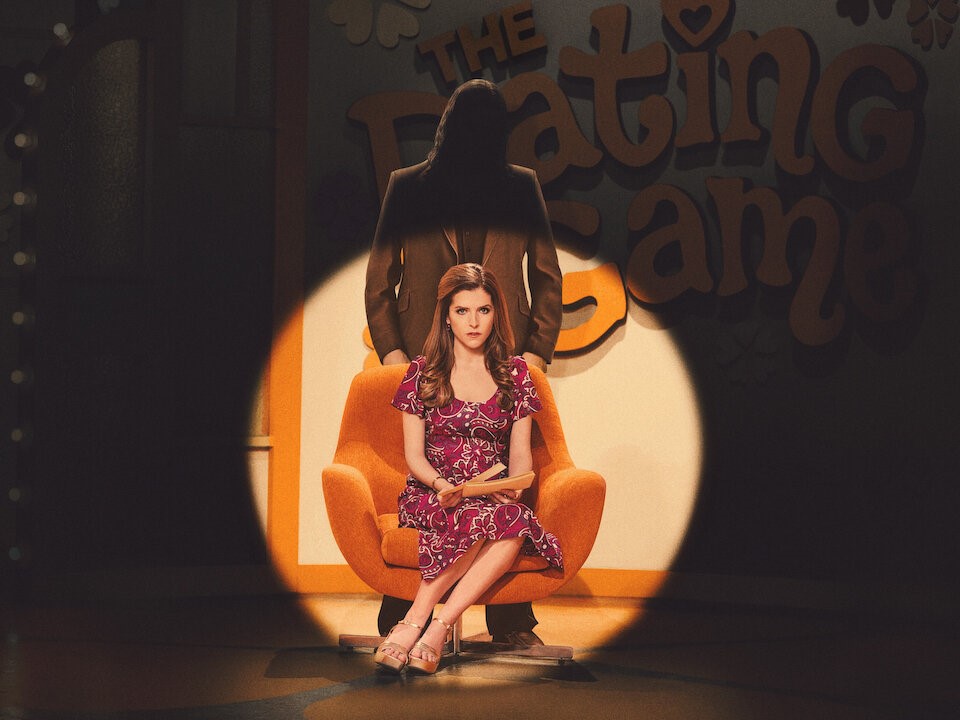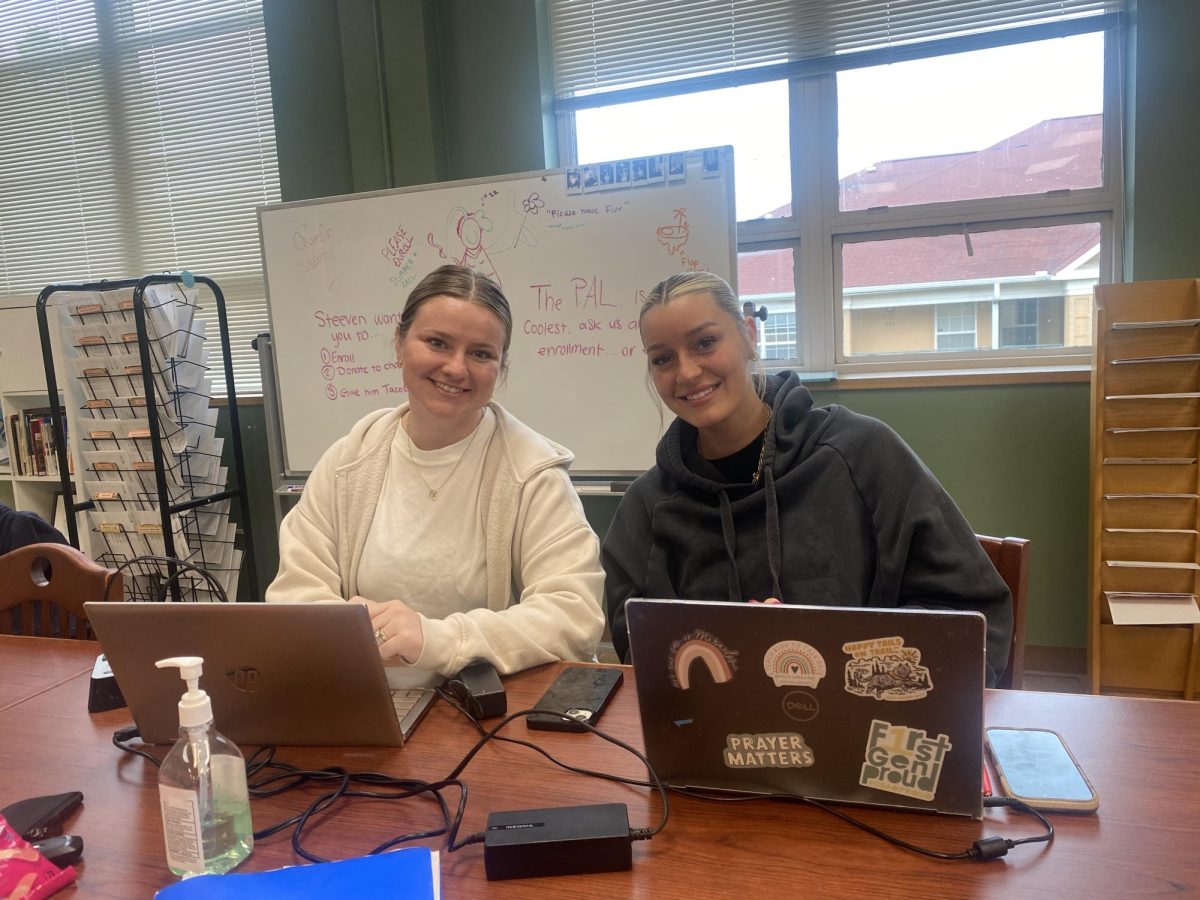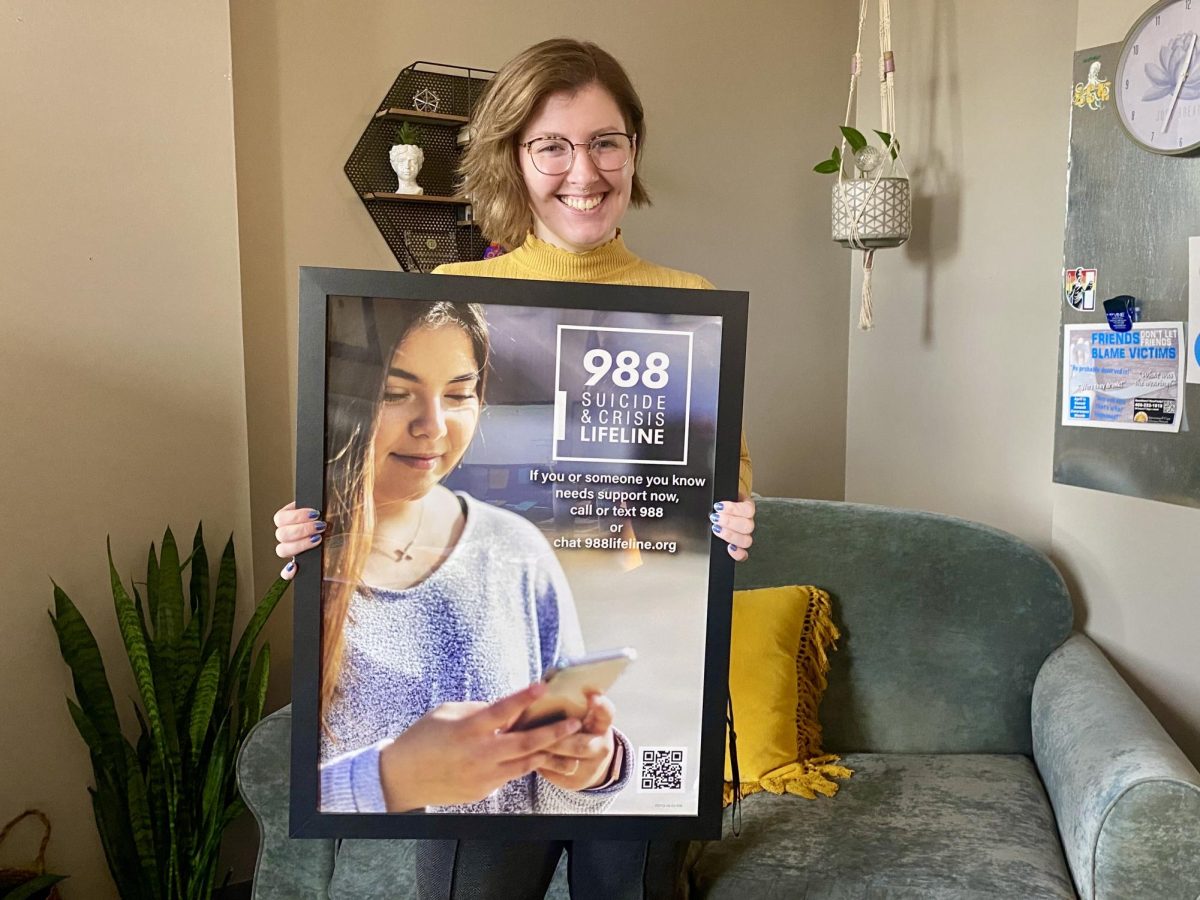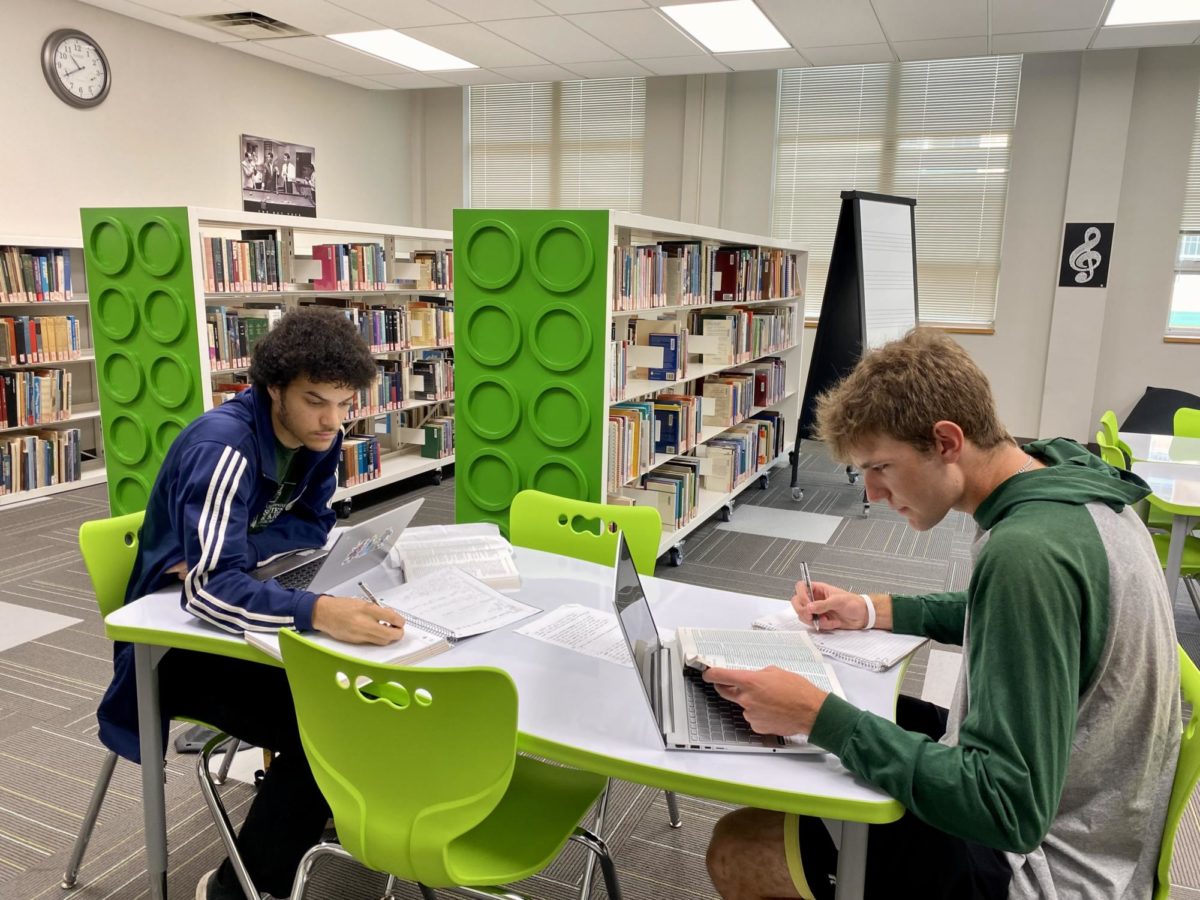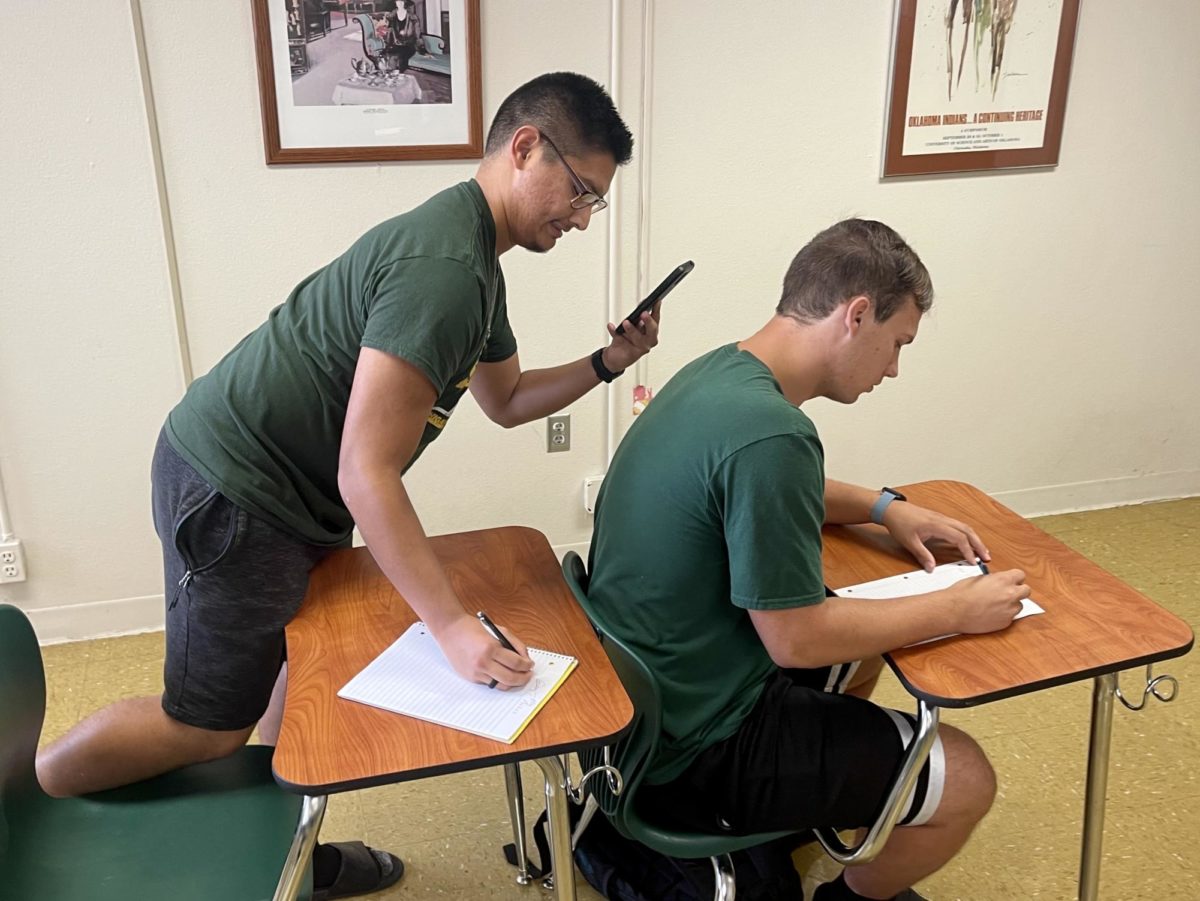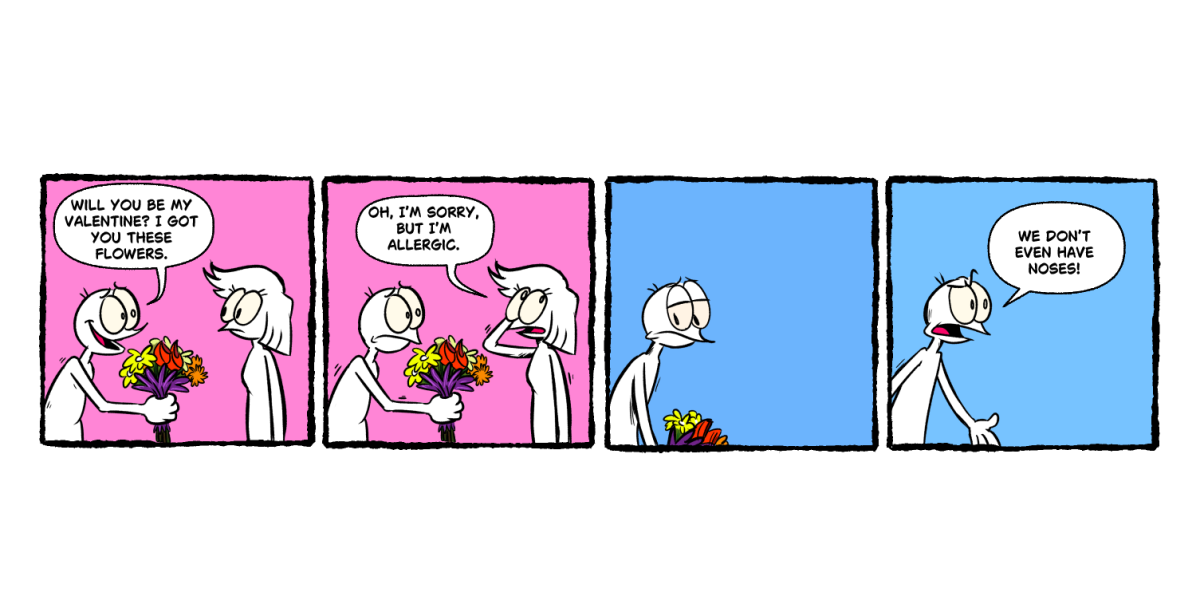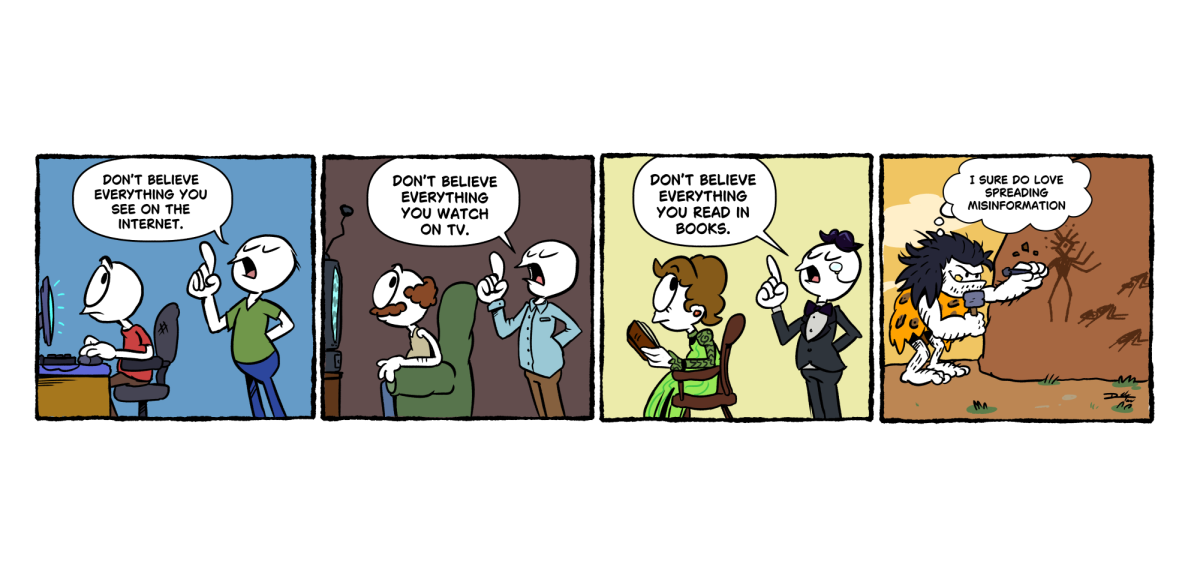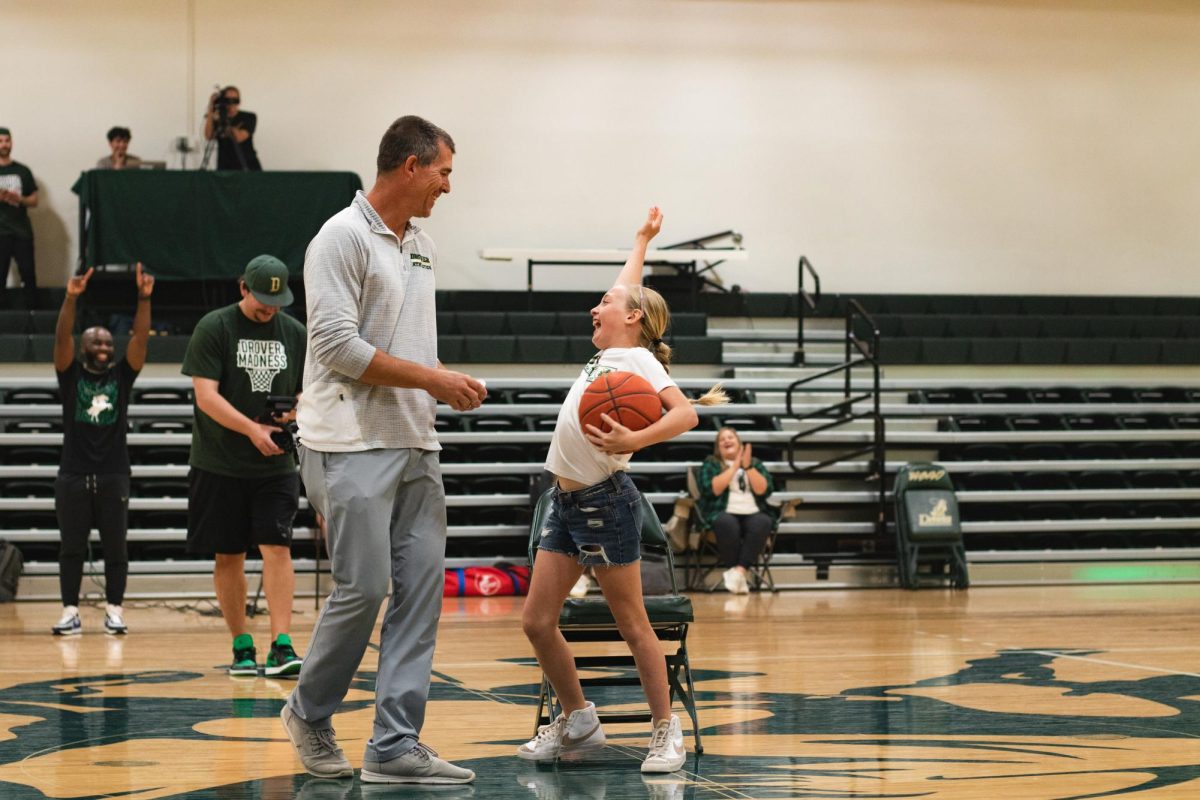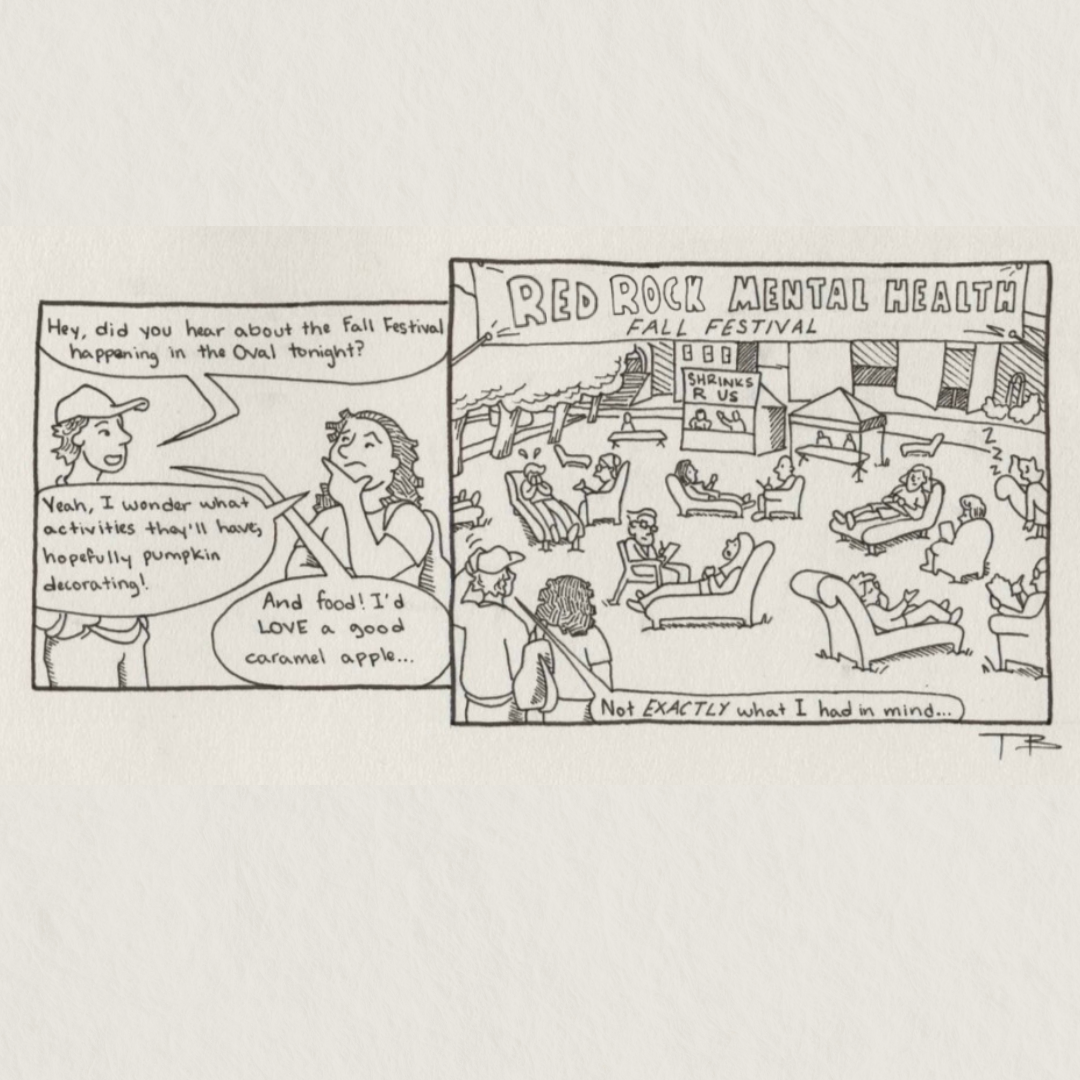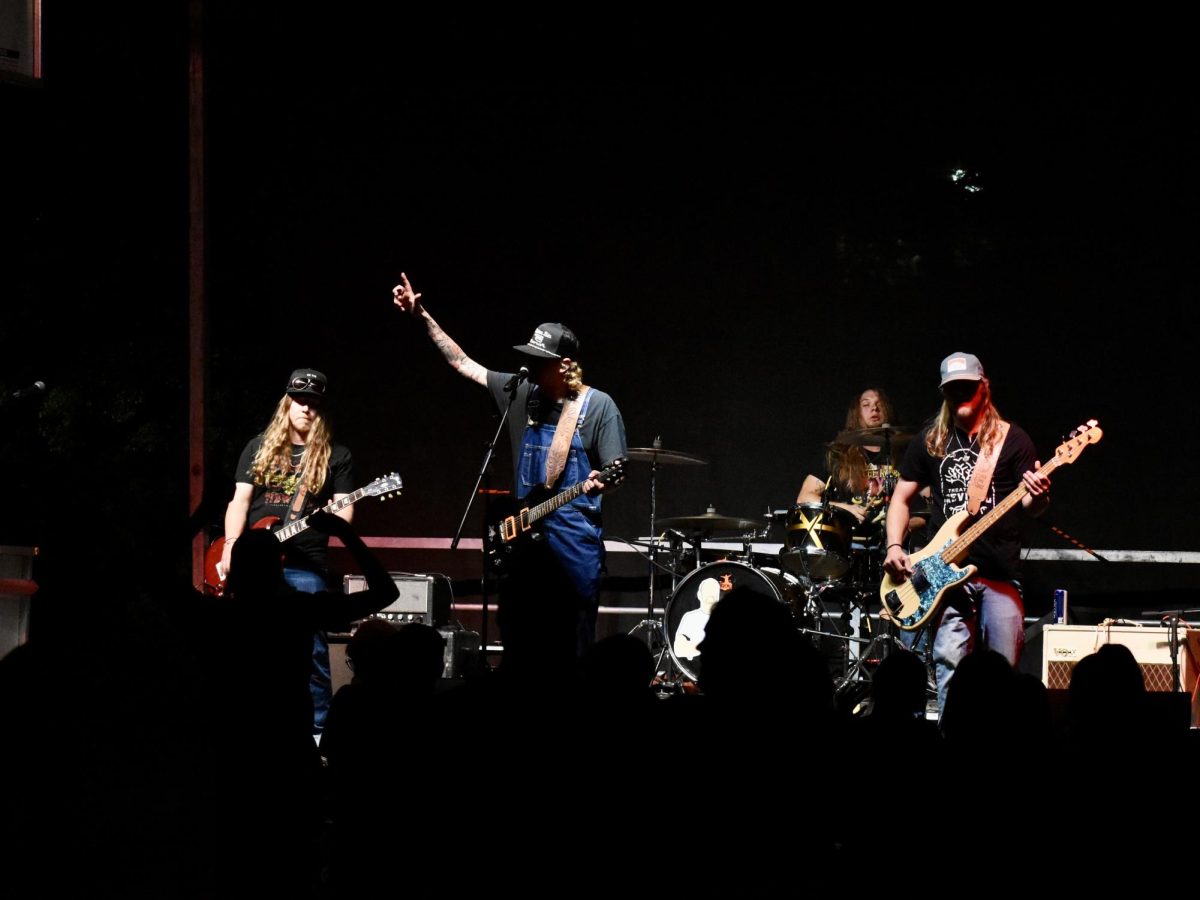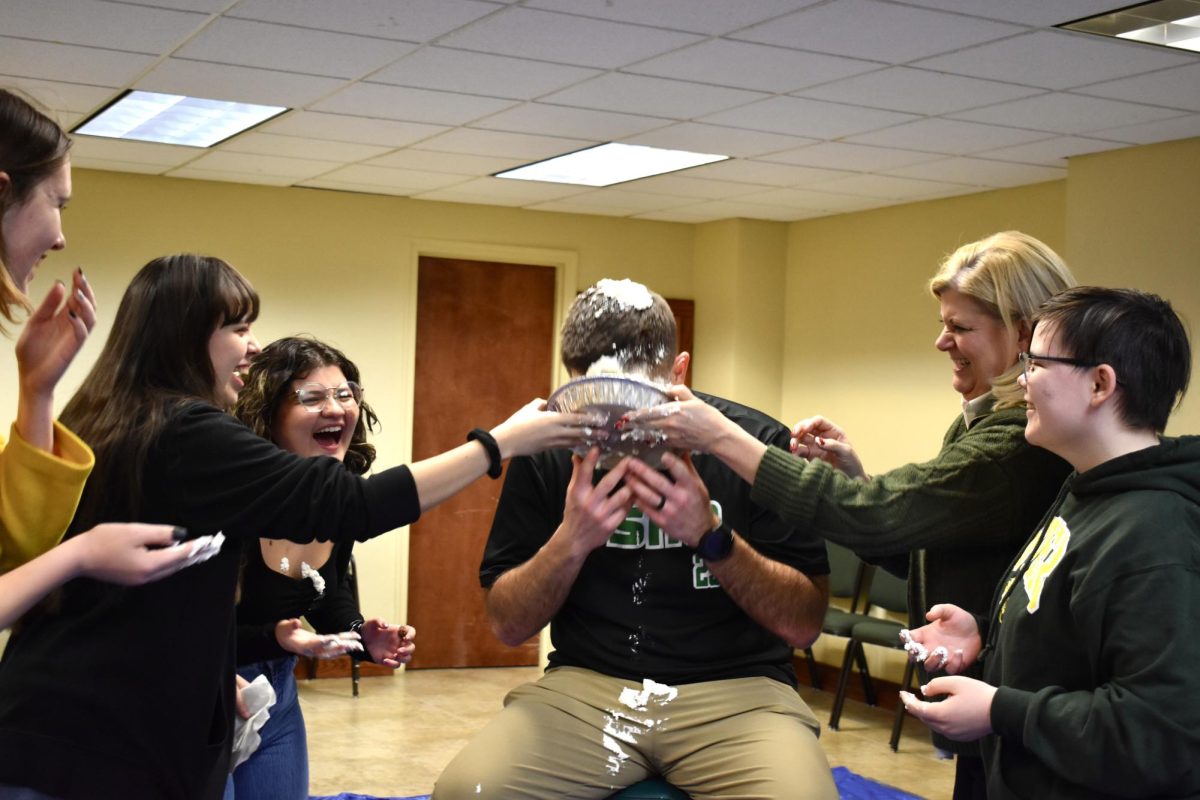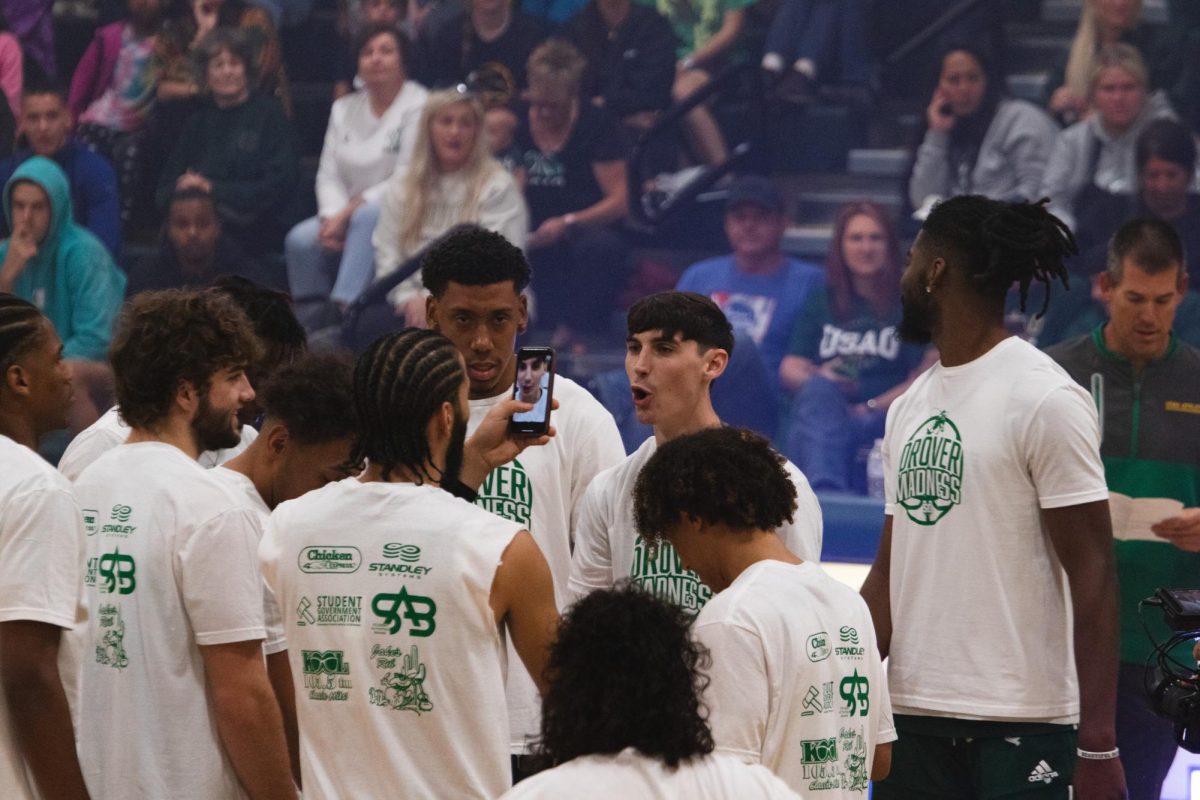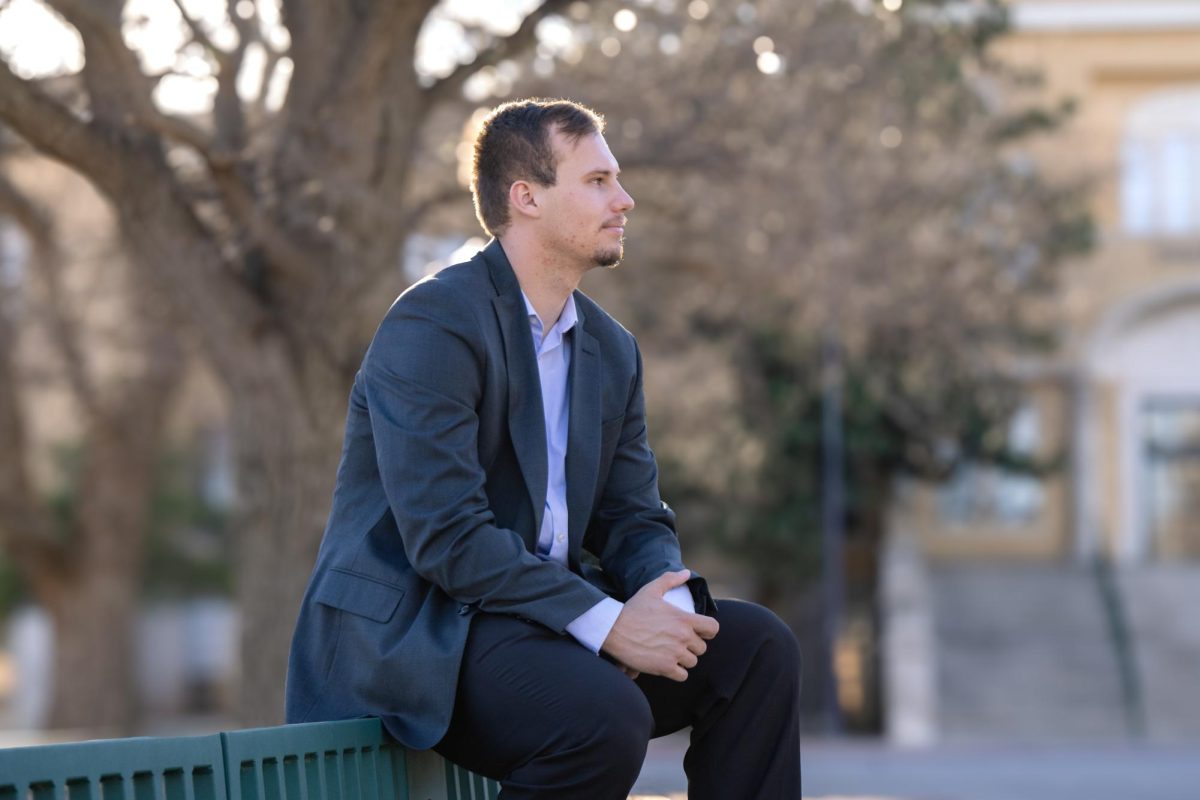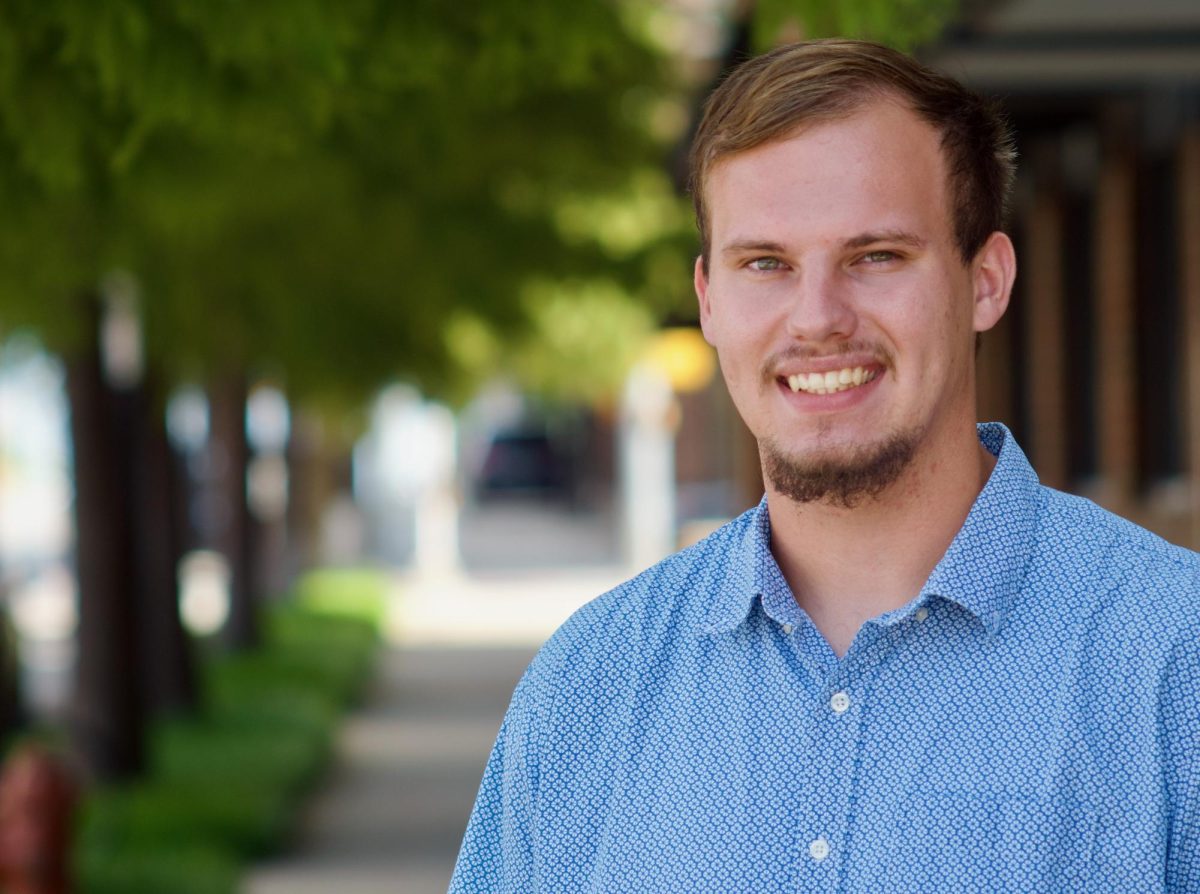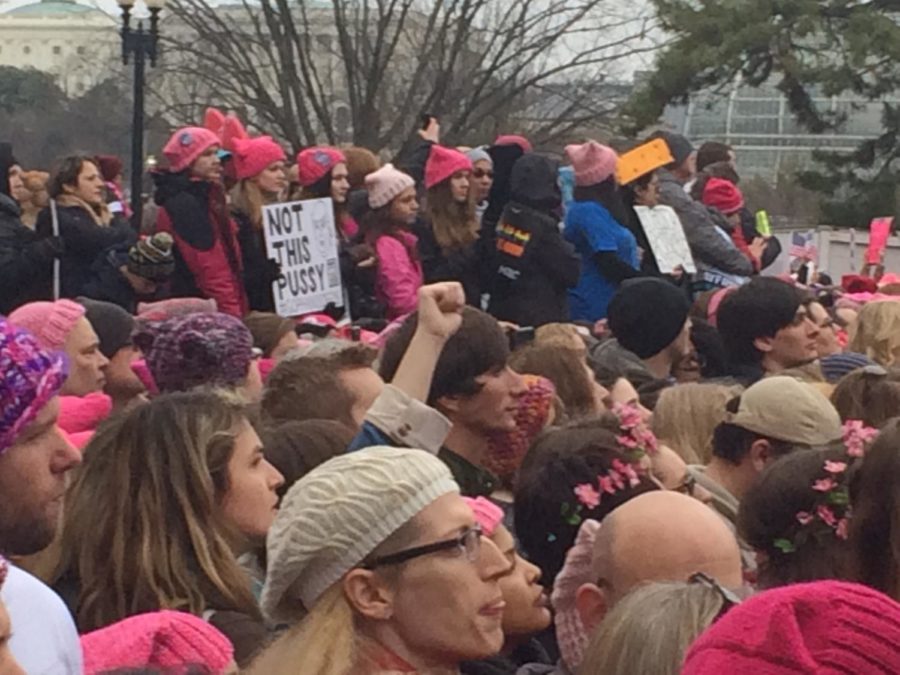Marching in Defiance
January 23, 2016
Signs left outside the Washington D.C. Trump Hotel the evening of January 21st, 2016 were a silent reminder of a greater action that had taken place within the District earlier that day and continued on long into the night.
The Women’s March on Washington saw hundreds of thousands of protesters and their supporters brave the bitter cold for hours on end to attend the rally and march in defiance of sexism, racism, homophobia, anti-immigration, anti-Islamic sentiments, and human rights violations.
Marchers came together in one large huddled mass with women donning pink hats. Some held signs above their heads and some had tears in their eyes. Each came for different reasons with different agendas but one goal in mind: to bring change to a country that appears to be moving backward.
“We’re standing for people’s LGBTQ rights, we’re standing for immigrants, we’re standing for Muslims and anybody of color and we’re standing for everyone who is afraid,” said Nancy Landgren, a marcher from south of Boston, Massachusetts.
Hailing from fifty states and six continents, marchers came from near and far to the nation’s capital city to walk in support of women’s rights.
“[I’m here] to support women. I think we should be placed higher in society than we are,” explained Patrice Bondodet, “We are treated as if we are second class and as if we are less than men when we’re really equal.”
“I’m here to stand in solidarity at the largest women’s march in history,” said one protester from Baltimore, Maryland.
The Women’s March on Washington was the first women’s march upon Washington D.C. since 1989 when women took to the streets for the right to choose and speakers at the rally reminded participants of the Woman Suffrage Procession of 1913 when women walked a similar route demanding their right to vote.
Many women noticed the significance of the event and noted the difference from past marches which had been known to be exclusionary to women of color and Hispanic women, much like other parts of the feminist movement to this day.
“I march because America doesn’t care about black women,” relayed Yvonne, a college student at Howard University in D.C., “That’s why I’m here to exist in this space and I feel like that’s revolutionary, to be a black woman and to exist as I do, especially in spaces like these.”
Most of the marchers and speakers mentioned President Donald J. Trump and the incendiary rhetoric concerning women that took place during the election as major reasons behind coming to Washington.
“It’s made me consider the possibility of moving back [to Canada] if things really get bad here,” said Judy Lighter, a United States citizen protesting Trump, “I have a gay son and I don’t want him living in a community where he’s not welcome.”
Many of the men and women marching showed disdain for President Trump and his administration chanting while they marched, “We will not go away, welcome to your first day,” while others shouted about democracy and right to choose.
On their way to the White House marchers were greeted by people from all over the world coming out to show their support. They took up the bleachers that had been put up for the inauguration the day before while some held signs and looked down on the march from the tops of buildings.
Protesters and their supporters alike braved the bitter cold, while many marchers stood for an over five-hour ceremony which boasted speakers such as Gloria Steinem and Angela Davis as well as performances by Alicia Keys, Madonna, and the Indigo Girls.
Women assured when questioned that they were attending the rally for more than a concert or celebrity sightings, but for something bigger than one single cause or person.
“I march for women,” said Elizabeth, a young rallygoer, “I march for me, I march for you, I march for equality.”
_
To learn more about the future of the Women’s March on Washington go to womensmarch.com


